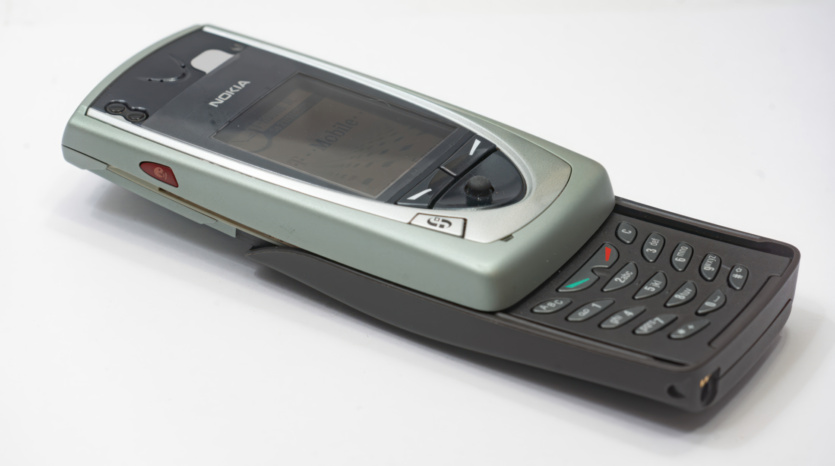
We continue our series of articles «The World of Mobile Technology before the Apple iPhone», where we talk about the best mobile devices that came out before the first Apple iPhone in 2007. Today, we’ll take a look at popular, technologically advanced, unique, and surprising phones and smartphones released in 2002 and 2003. In general, 2002 did not bring many innovations, but the following 12 months were full of technological breakthroughs, including the most popular smartphone in the history of mobile devices.
Content
Nokia 7650

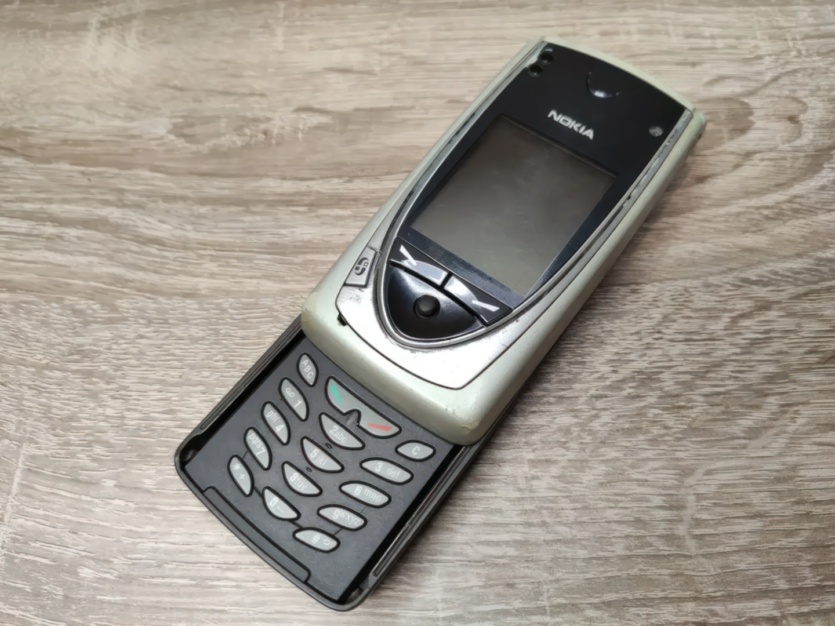
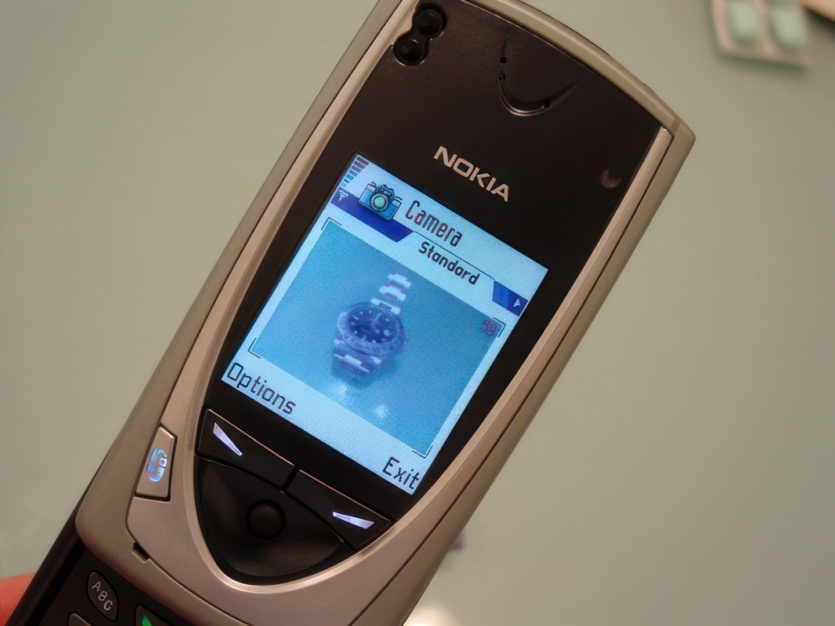
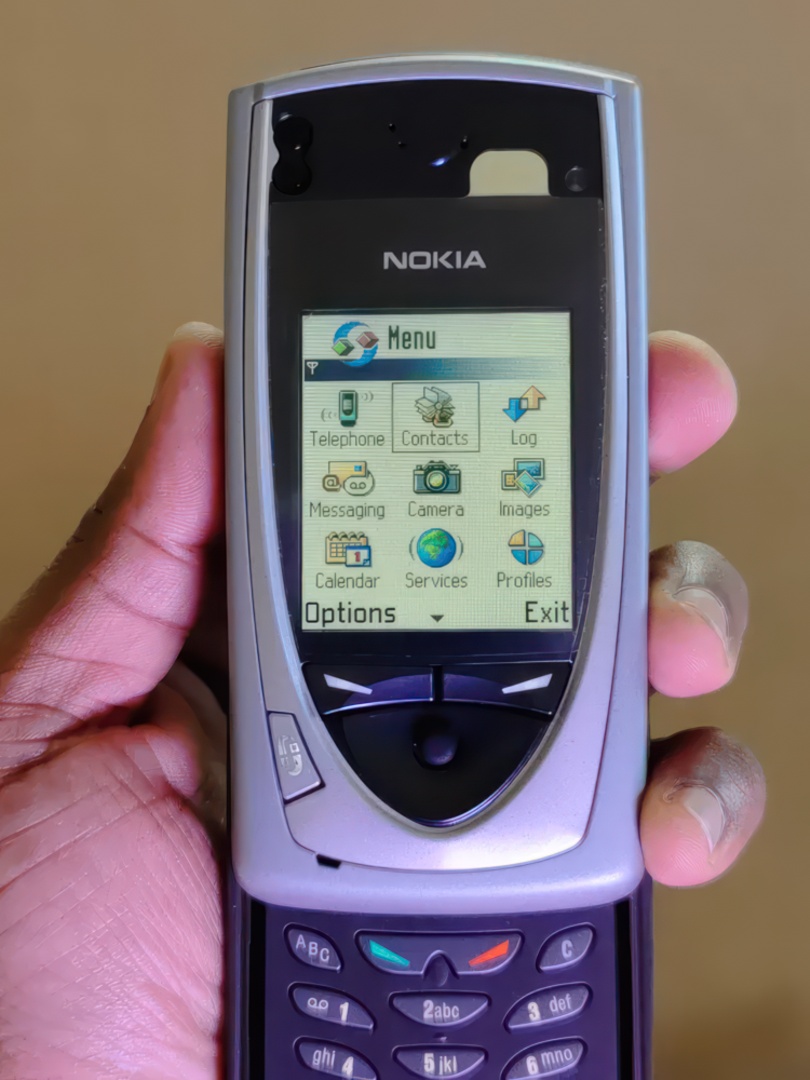
The world’s first Symbian smartphone with a built-in camera became a real hit in its time Nokia 7650 – a full-fledged flagship with the best features and incredible capabilities for a phone in 2002. The Symbian Epoc operating system moved from PDAs and communicators to more familiar form factors and was the most popular until the advent of iOS and Android.
For some 700 euros, a Nokia 7650 user received not only a productive smartphone with a 2.1-inch display, memory card support, fast processor, GPRS, Email, MP3, Bluetooth, but also a built-in camera. The 0.3-megapixel module produced excellent photos, and it became clear that external cameras for phones would eventually become museum pieces.
The Nokia 7650 smartphone quickly received a huge amount of software from third-party developers and offered much wider capabilities than a typical flagship with a closed system. Against the backdrop of simple mobile phones with 1.5-inch displays, 500 KB of memory, and no camera, the Nokia 7650 looked like a visitor from the future. It was this model that ushered in a new era in which the beautiful Symbian Series 60 OS blossomed.
Siemens S55
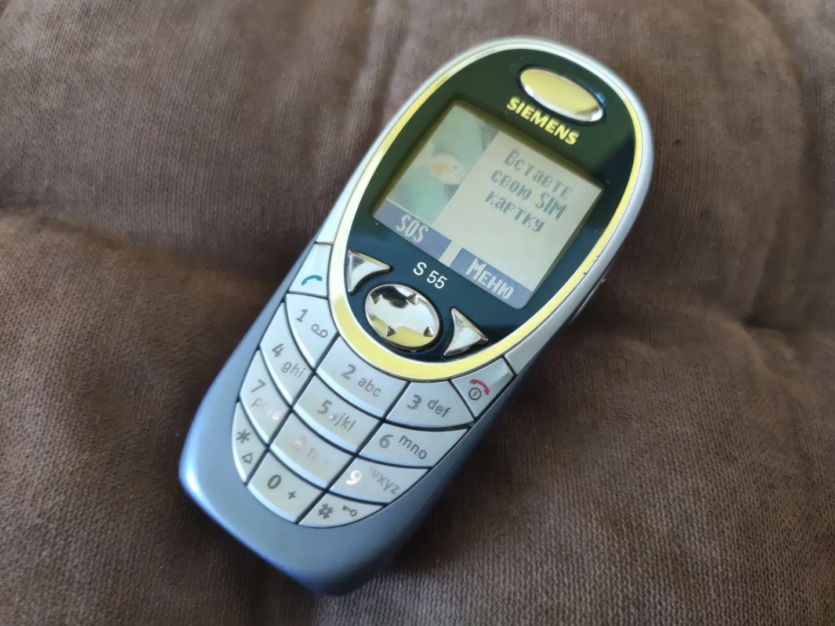
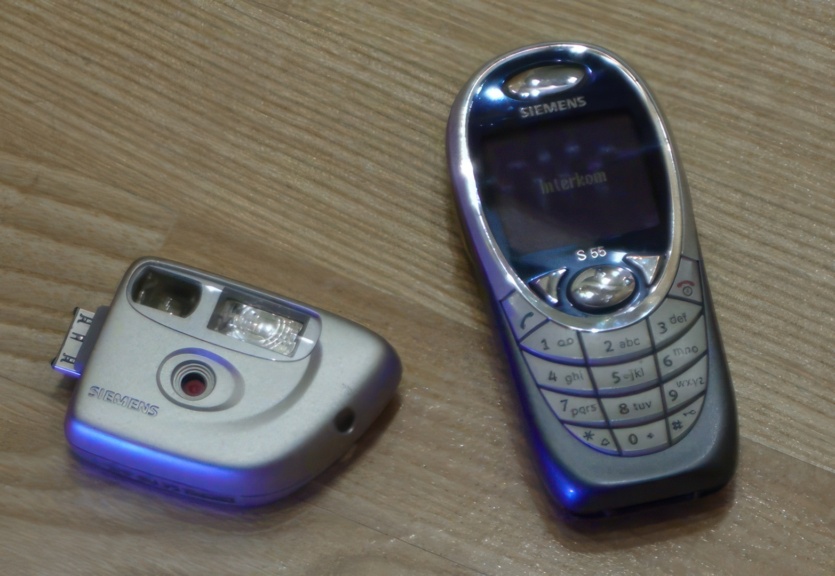
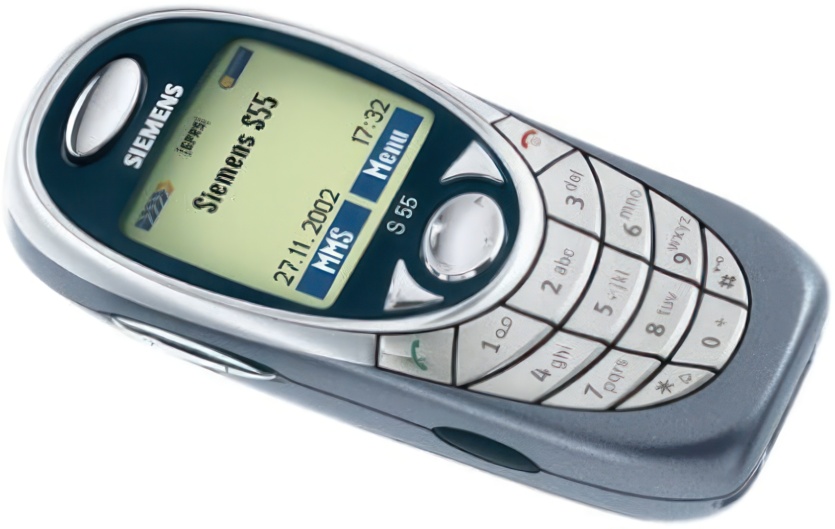
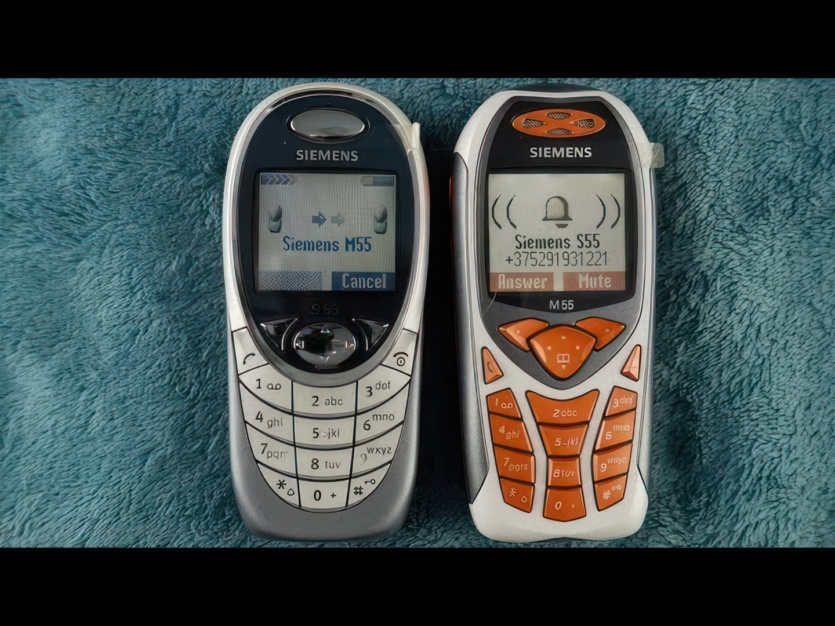
The German company could not offer a worthy competition to Nokia’s flagships, but it confidently occupied its part of the market. The compact and convenient Siemens S55 became a favorite among motorists. The phone gained popularity thanks to its ability to work with Bluetooth headsets, and it also came with an external camera with a flash.
The small display showed 256 colors and had a resolution of 101×80 pixels, which was no surprise to businessmen and technically advanced users of the time. A good addition was the presence of Java and the ability to install games from the Internet.
After the Siemens SL45i, it was a disappointment that the new flagship did not support memory cards, so you could forget about music capabilities right away. The built-in 400 KB drive was quickly filled with tunes, pictures, and games that Siemens S55 owners received via the infrared port and downloaded from WAP sites. A year later, a similar model, the Siemens M55, appeared, which did not have a Bluetooth module, but the amount of built-in memory increased to 1.6 MB.
Sharp GX1/GX10
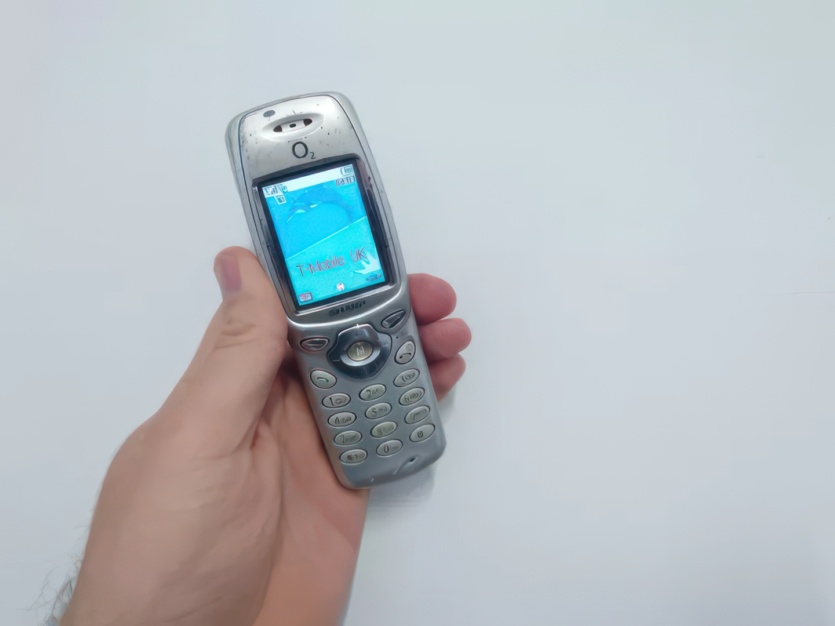
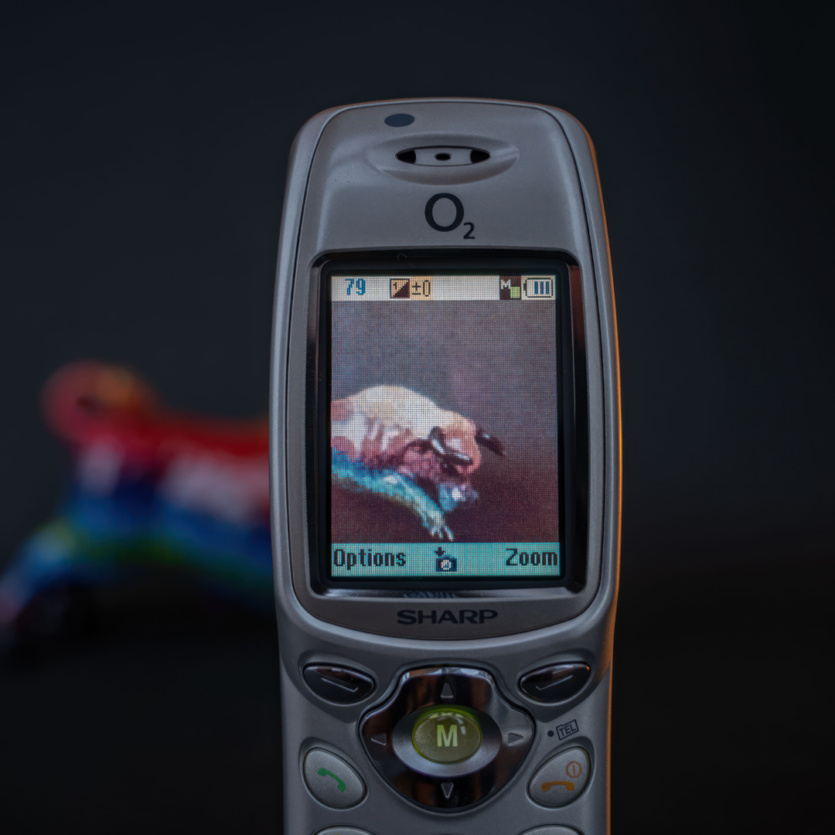
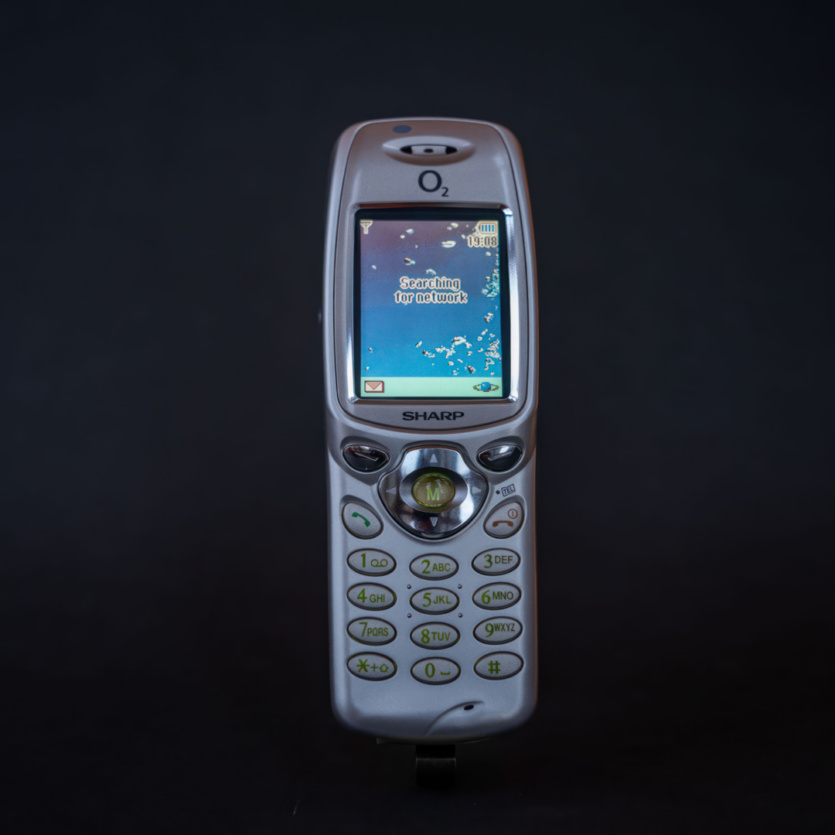
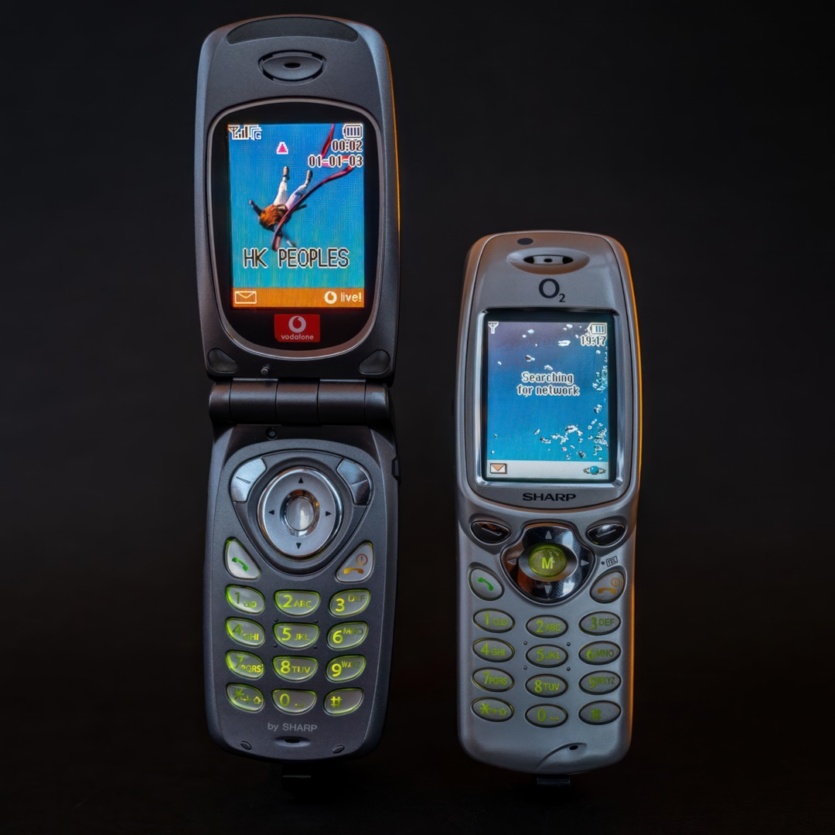
External cameras were not in wide demand, and manufacturers began to work actively to put the module directly into the phone. Sharp GX1 was one of the first mass-produced camera phones. The model received a large display with a resolution of 120×160 pixels and support for up to 65 thousand colors.
The built-in CIF camera (0.1 MP) could only take photos (like the first iPhone 5 years later), for which 700 KB of memory was allocated. Other features of the Sharp GX1 were also at a decent level: built-in games with the ability to download new ones, an infrared port, 16-tone polyphony with a built-in melody editor, WAP 1.2.1 and MMS support. In the same year, a similar GX10 model was released, but in the form of a clamshell.
Siemens SL55
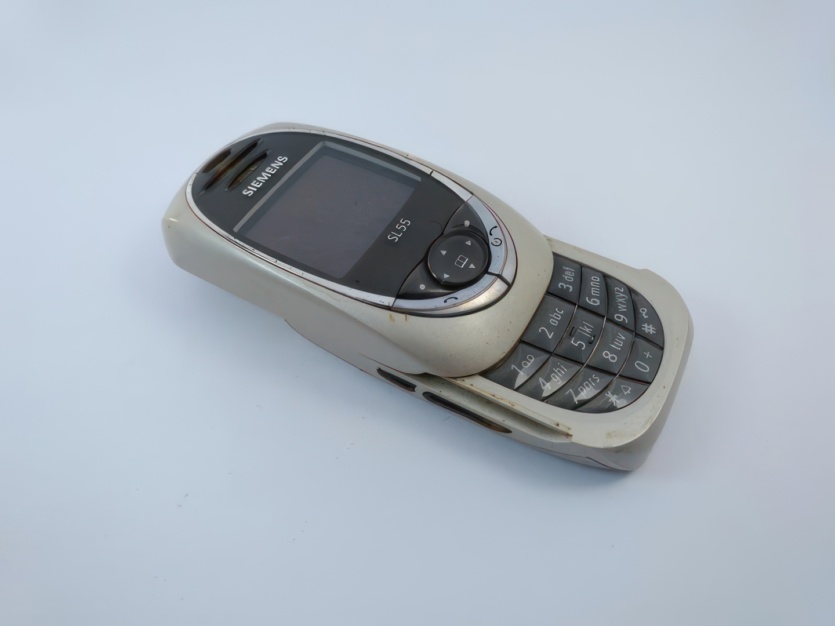
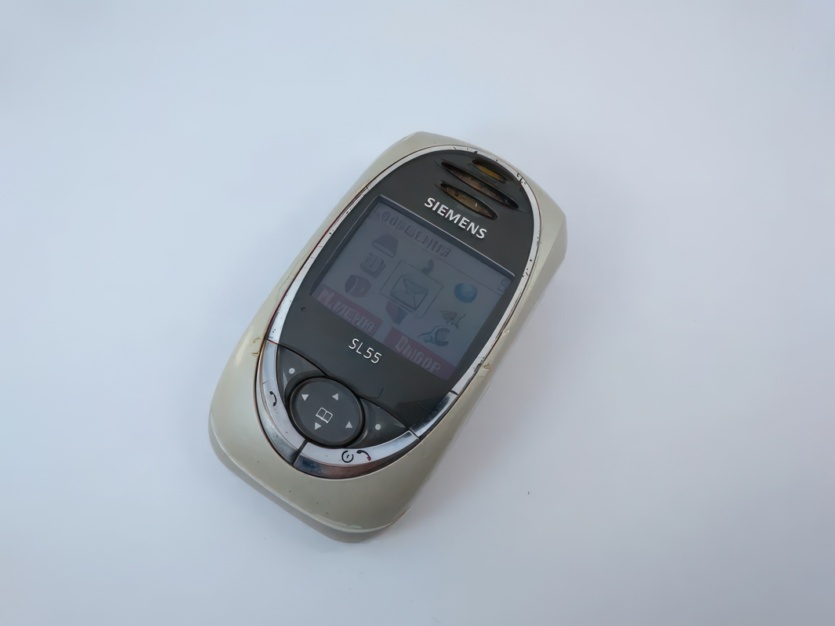

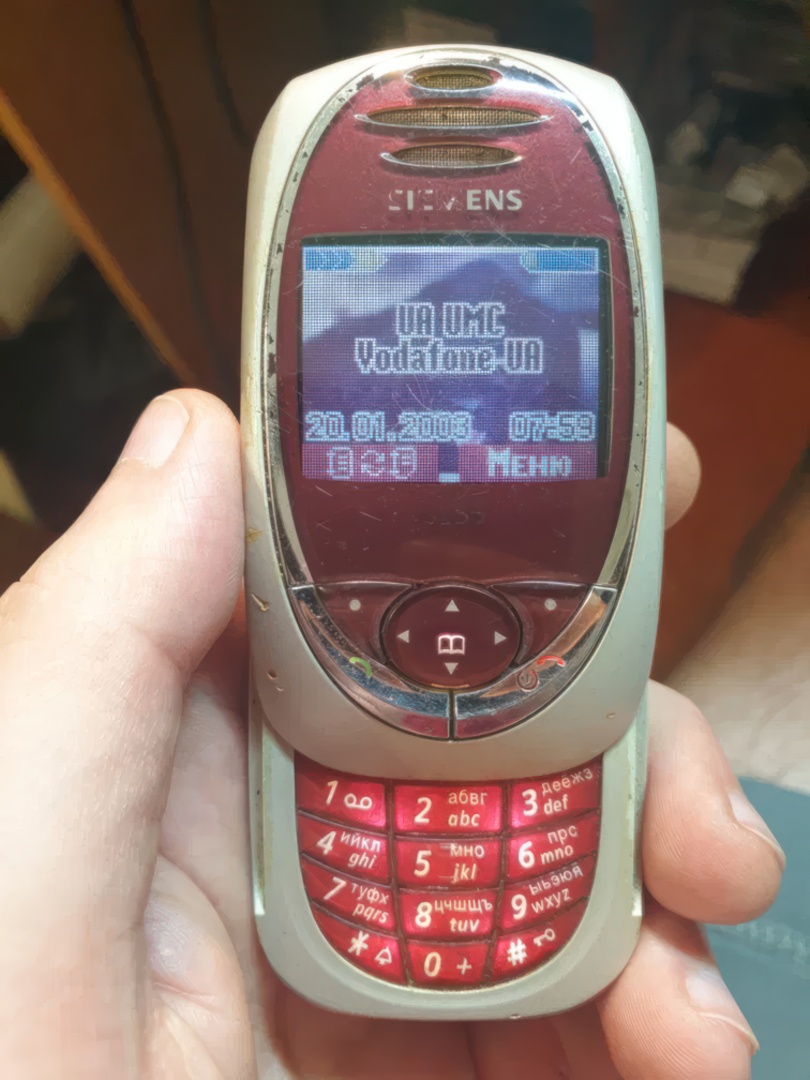
A year after the release of the S55 monoblock, the SL55 was born — the company’s new top-of-the-line slider, which received several nice updates and a few compromises. The amount of built-in memory increased 4 times to 1.6 MB, but the manufacturer deprived the model of Bluetooth. The battery life has also suffered due to a decrease in physical dimensions.
Siemens SL55 won hearts not with its technical parameters, but with its incredibly beautiful appearance. Its rounded shape, compact size, and striking design caught the eye of many, and the phone sold in multimillion copies. Like the S55, it supported external cameras, had a built-in browser, email client, Java, voice recorder, reminders, and everything else that could interest an average user.
Copying text from a message and pasting it into notes, unzipping a ZIP archive, editing a photo or video you just took and sending it via email, downloading a 5-10 MB game with top graphics — it all seemed so breakthrough that competitors literally panicked and customers swept Nokia 6600 off store shelves. It’s no wonder that this model has become the most popular smartphone since the term was coined.
Blackberry 7230
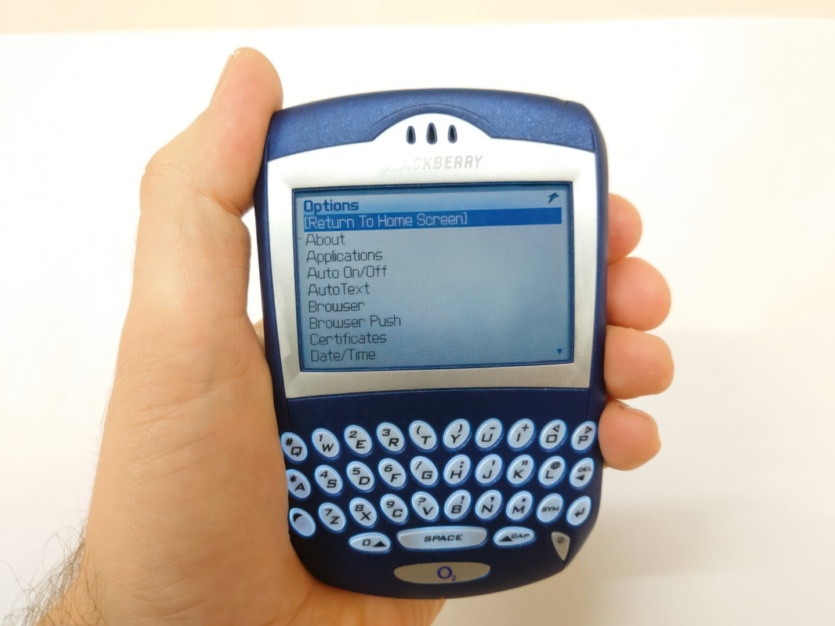
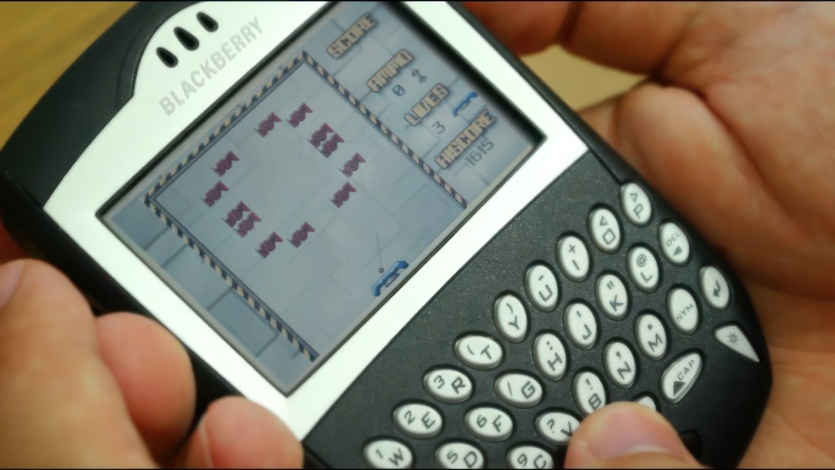
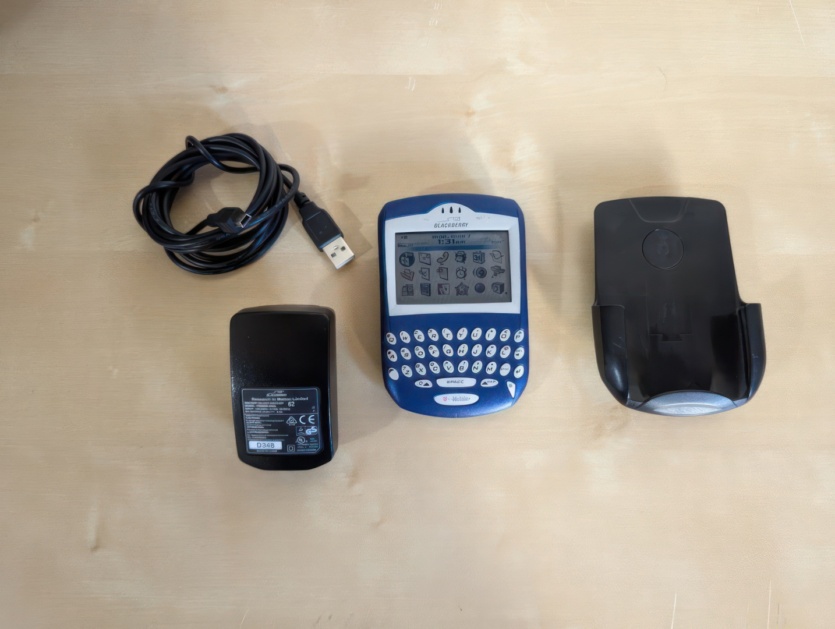
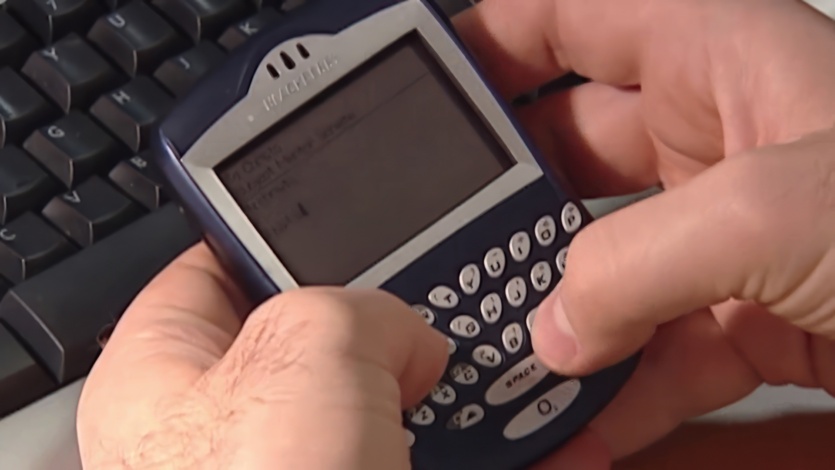
Unpopular in Ukraine, but a hit in the United States, the Blackberry 7230 became extremely popular and was named the best phone for email. The huge, comfortable and well-thought-out keyboard allowed you to type quickly. After the Blackberry 7230, I didn’t want to go back to classic push-button phones with a digital keypad, although the rest of the features were no surprise.
A strong advantage was the giant 2.6-inch display, with a resolution of 240×160 pixels and 65 thousand colors. Working with text on the Blackberry 7230 was a pleasure, and thanks to the color matrix, it was possible to view photos and web pages with media files.
There was no built-in camera, nor was there Bluetooth. There was 16 MB of memory available for the user without the possibility of expanding with cards. In general, the Blackberry 7230 was not a flagship in terms of multimedia, but it set the direction and showed that a smartphone and the Internet are one and the same.
Just like a modern iOS/Android smartphone, the Blackberry 7230 kept the owner connected all the time, but instead of the usual modern applications, it used the Blackberry proprietary service. It turns out that, apart from sending a huge number of photos and videos, modern social networks have not escaped from what they were 21 years ago.
Samsung X600
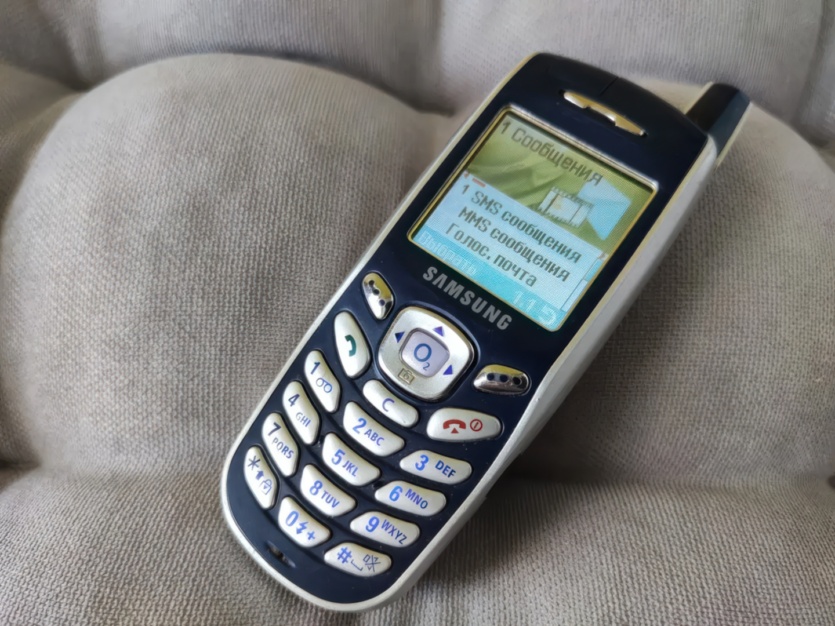
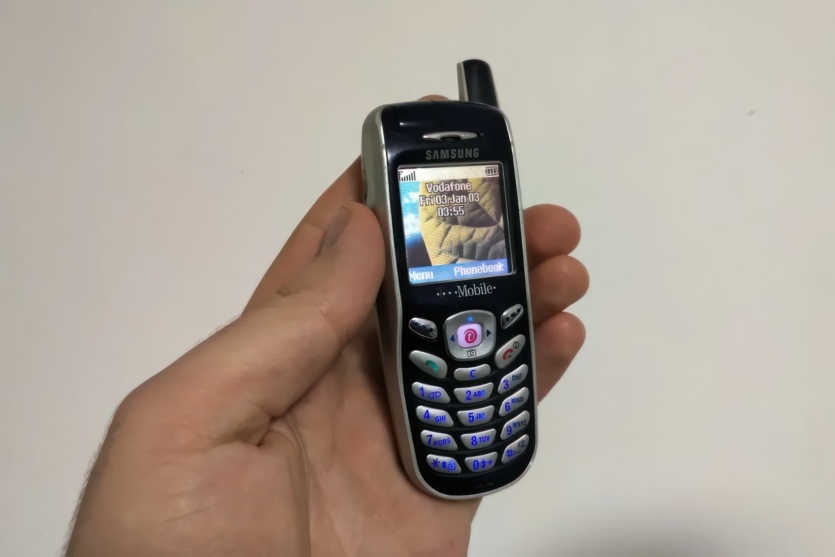
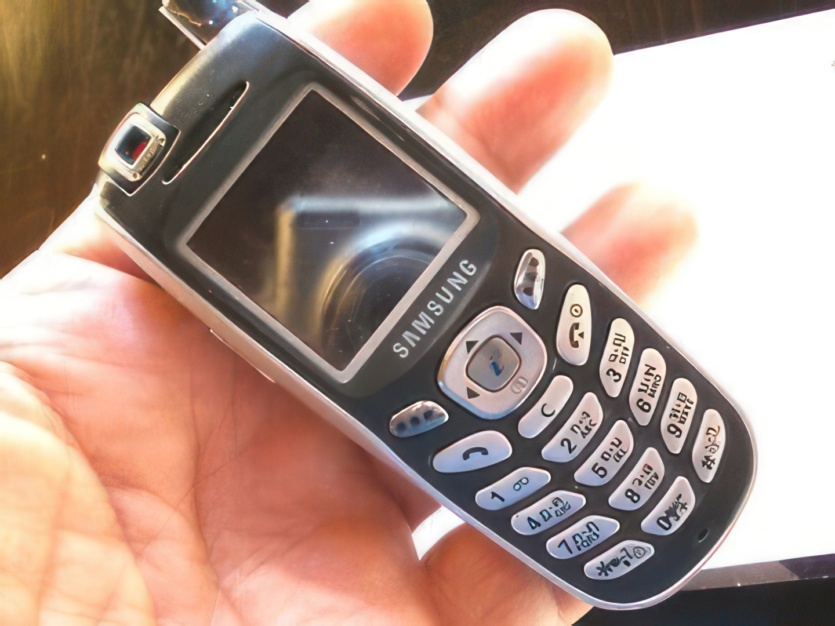
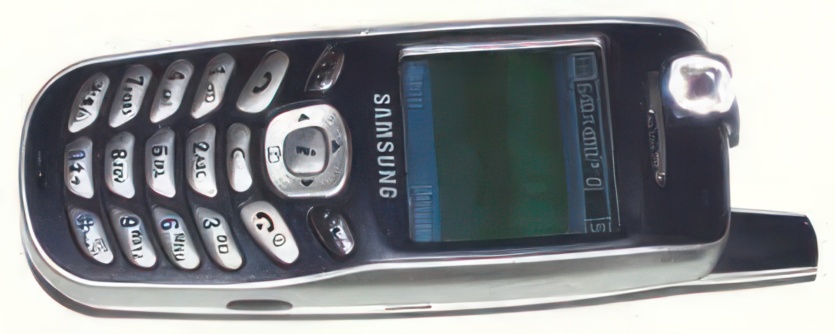
In 2003, the Korean giant was just beginning to take steps toward global dominance. At that time, it was not easy for it to move among strong competitors, but the release of the affordable and functional Samsung X600 phone gave impressive results. The relatively inexpensive, handy device with a swivel camera and bright screen sold well.
The Samsung X600 allowed for selfies thanks to its 0.3 MP swivel module, had 9 MB of internal memory, an infrared port, a WAP 2.0 browser, built-in downloadable games, and a neat design that appealed to millions of customers.
Marketers and engineers of the Korean manufacturer did everything right because the market needed an affordable phone with a camera. The Samsung X600 also had a good amount of memory and more stable software than the Siemens.
The Samsung X600 was not a technological breakthrough, but it provided a solid foundation and good funding for the Korean tech giant’s future developments. Inside the company, there was no doubt about the direction in which the mobile phone industry needed to develop. In a year or two Nokia would begin to see Samsung as a serious opponent with its D500, D600, D720, E350, E760, X700, Z130 and the incredible i300.
Sony Ericsson T610/T630
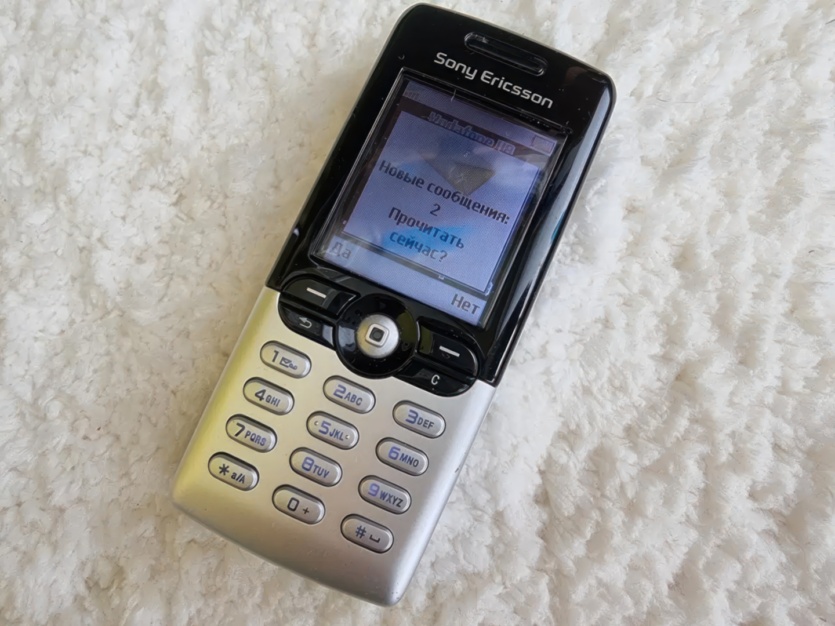
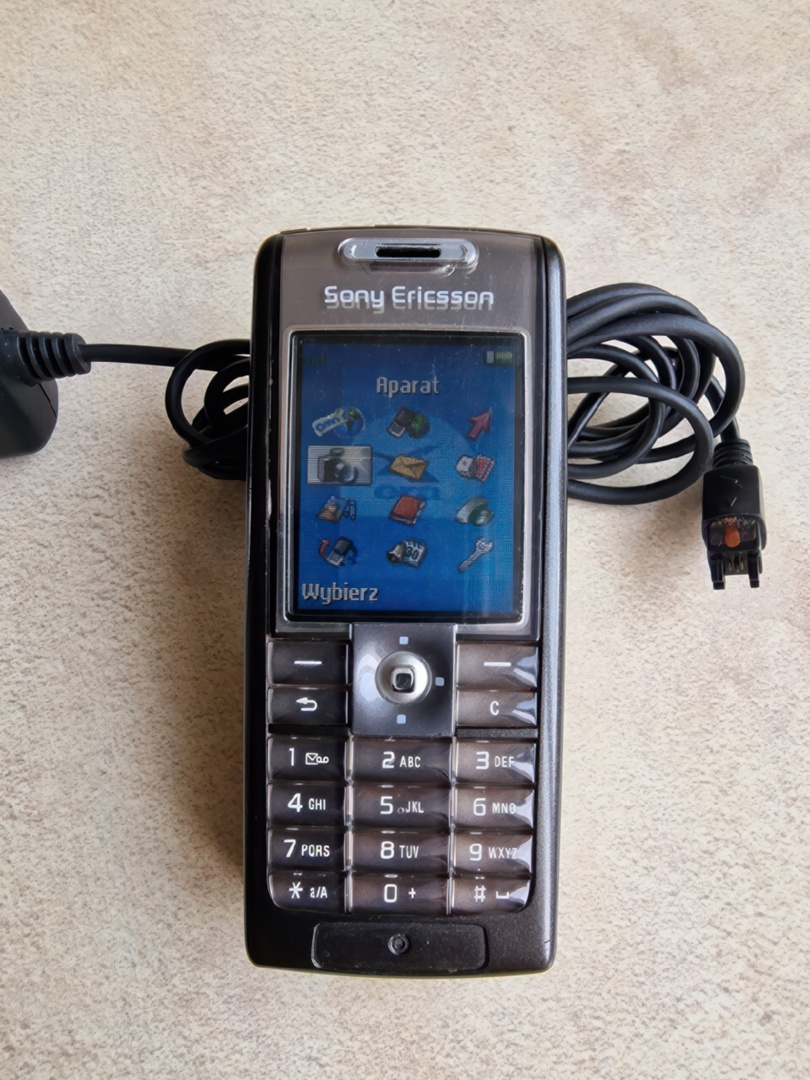
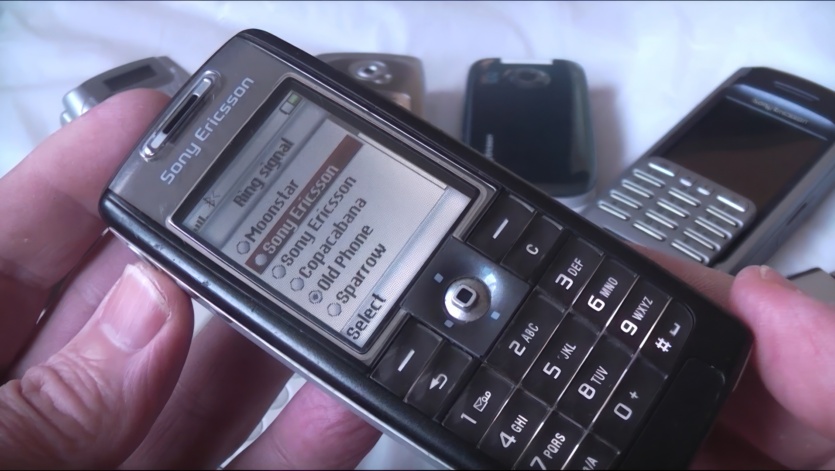
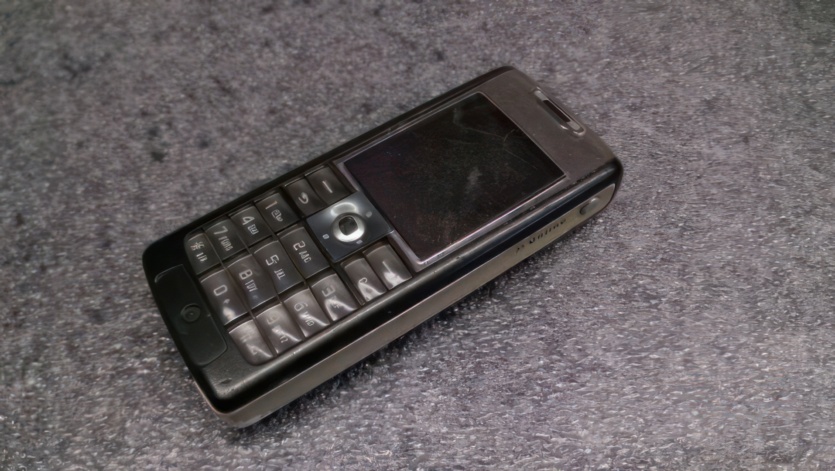

In mid-2003, Sony Ericsson released a real hit among young people — the Sony Ericsson T610. This phone won the hearts of its fans thanks to its excellent ergonomics, good functionality and low price. The device had everything that could be of interest to a wide range of consumers: a built-in 0.1 MP camera, polyphony support, a ringtone editor, an e-mail client, WAP 2.0 and HTML support.
The 1.8-inch display with a resolution of 128×160 pixels deserves no less attention. It is based on STN technology and displays up to 65 thousand colors. A full set of interfaces, including an infrared port and Bluetooth 1.0b, is worth mentioning.
The popularity of the T610 was overwhelming, and in a few months, the company released an updated version of the T630 with an improved display and fixed software bugs. The novelty did not bring any other major changes, but it became no less popular. The Sony Ericsson T630 and T610 gained their fame, among other things, thanks to games, many high-quality games because the phones worked with Mophun.
Mophun alone deserves a separate article. This word gives goosebumps to owners of 20-year-old Sony Ericsson phones who remember them now. This platform is a perfect example of how the best does not always become the most popular. Sometimes it is enough to do something crooked, fast, but accessible to everyone to capture the market.
That’s exactly what happened — an unoptimized Java machine flooded most phones, and then the «curvy but easy to write» software baton was taken over by Google with Android. The Mophun platform stood out for its good optimization against Java, which made it possible to run 3D games with unprecedented graphics and high FPS.
The games were as good as on top Symbian smartphones, and all thanks to high-quality software. The T630’s specs were relatively modest, but it was enough to gain popularity among young people. Good gaming capabilities, low cost, and a built-in camera were what made the Sony Ericsson T630 stand out from the competition.
Comparison of Java and Mophun game graphics/performance on the example of Rally Pro Contest. On the left is Mophun, and on the right is the Java version of the same game. How do you like the difference in FPS? Samsung i200 test phone.
After the T610 and T630, Sony Ericsson fans felt a bit humiliated because the transition to Java was a terrible downgrade. Mophun could have created a perfect symbiosis with Sony Ericsson and made them the number one brand in the world of gaming phones, but the world went the other way. The path of Java all the way to iOS and Android.
Sendo X1
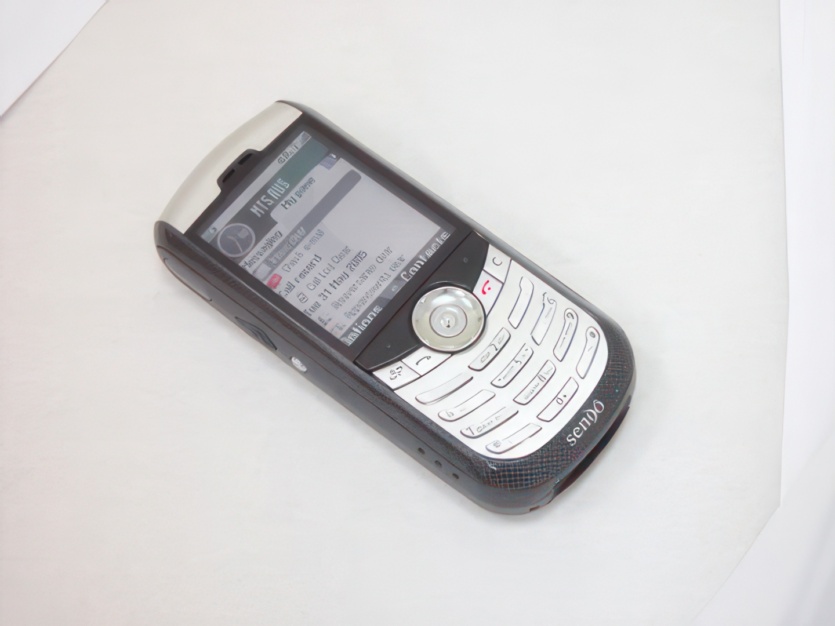

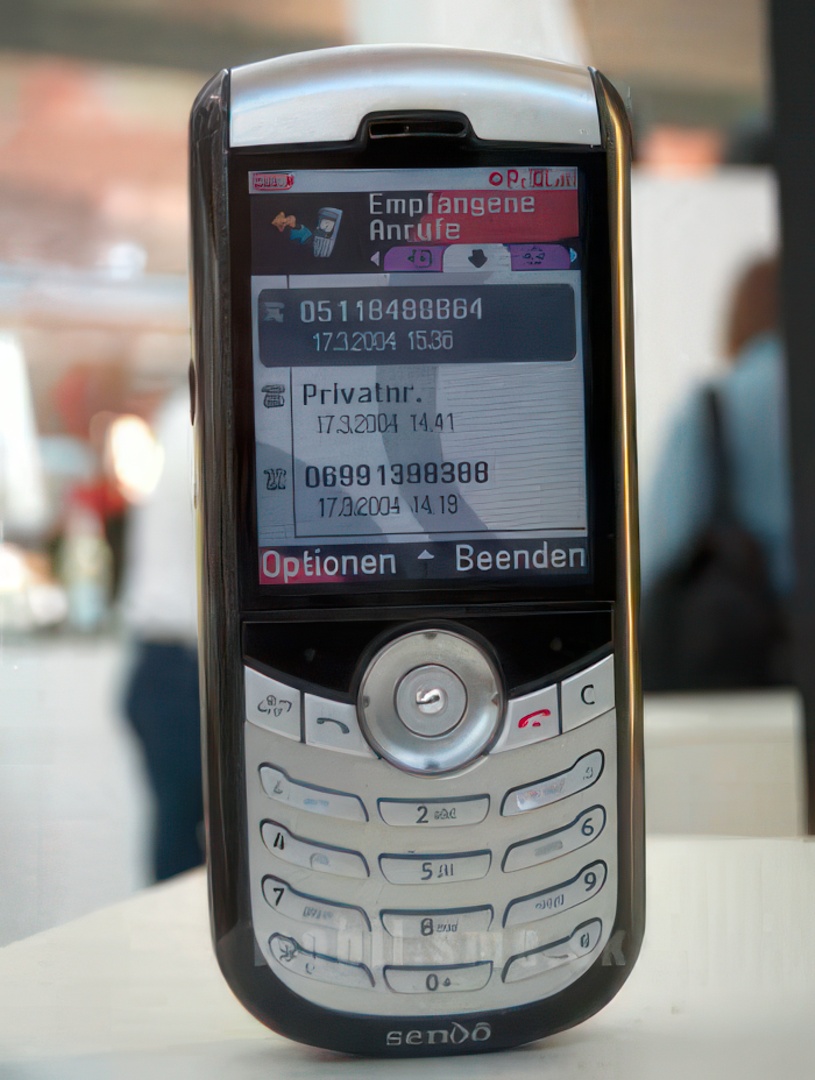
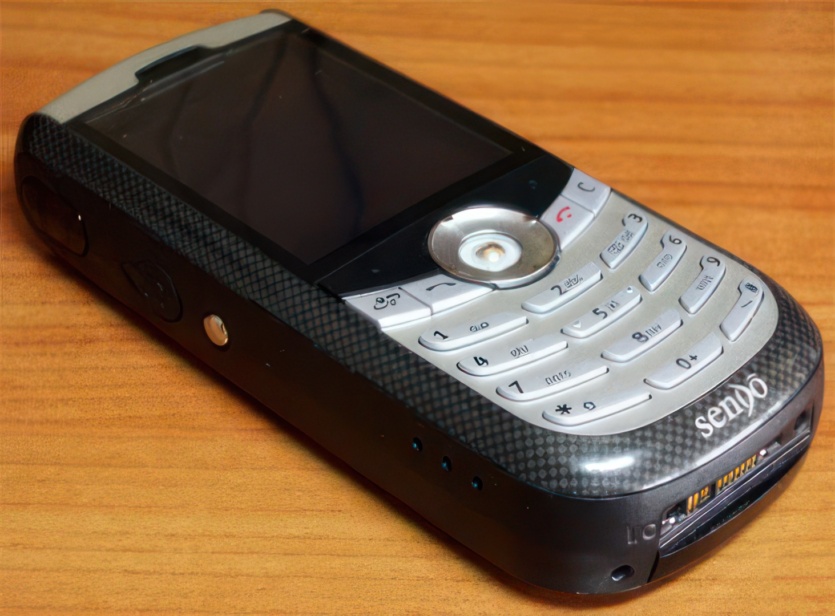
Toward the end of 2003, another great smartphone based on Symbian 6.1 Series 60 appeared, which was a worthy competitor to the hit Nokia 6600. The Sendo X1 had luxurious features and put its competitors to shame. At the heart of the device is a TI OMAP 5910 processor with a frequency of 120 MHz, 32 MB of internal memory (many times more than in the Nokia 6600) with support for memory cards.
Another advantage was a VGA camera with flash, a huge 2.2-inch display, and a 1050 mAh battery. In 2003, the Sendo X1 was a true all-in-one multimedia machine. There was nothing this handsome device couldn’t do, but soon Sendo stopped developing new smartphones.
Siemens SX1
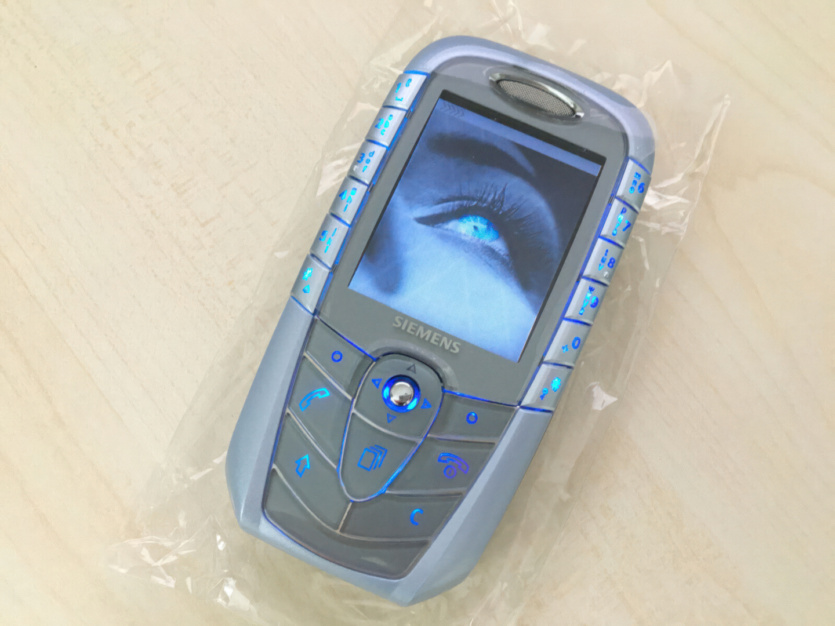

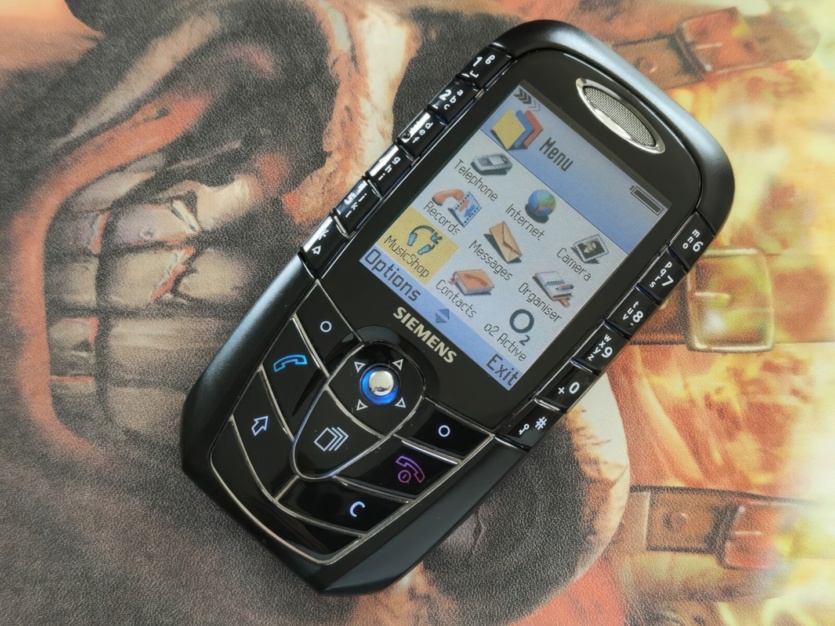
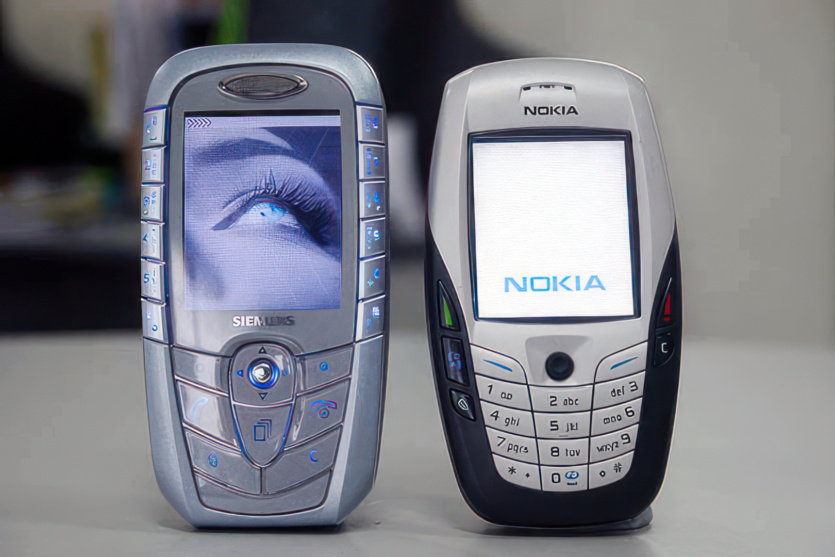
The German company’s first and last attempt at the Symbian market. The experimental, unique Siemens SX1 is remembered not so much for its functionality as for its amazing design. It was one of the first mass-produced phones where the digital unit was placed at the edges, and below the display, the manufacturer installed numerous keys for quick access, clipboard, and movement within the Symbian system.
Technically, the Siemens SX1 was a direct competitor to the Nokia 6600 and performed at a decent level among its peers. A 120 MHz processor from TI OMAP was responsible for the performance, and only 4 MB of internal memory was available. This was solved by installing MMC cards.
In addition to an infrared port, high-speed Bluetooth 1.1 by the standards of 2003, the phone also had an FM radio, which was of high value at the time. The Siemens SX1 coped with music and video playback, HTML page browsing, e-mail, etc. without any problems.
The built-in camera of the Siemens SX1 allowed taking photos and videos, and all this could be viewed on a large 2.2-inch display. An open system, unique design, and top performance — it seemed that the Siemens SX1 would be the beginning of a new era for Siemens, but it was not to be. Due to difficulties with software development and strong competition, the manufacturer stopped investing resources in this area and the world never got to see the sequel to the SX1.
Motorola MPx200

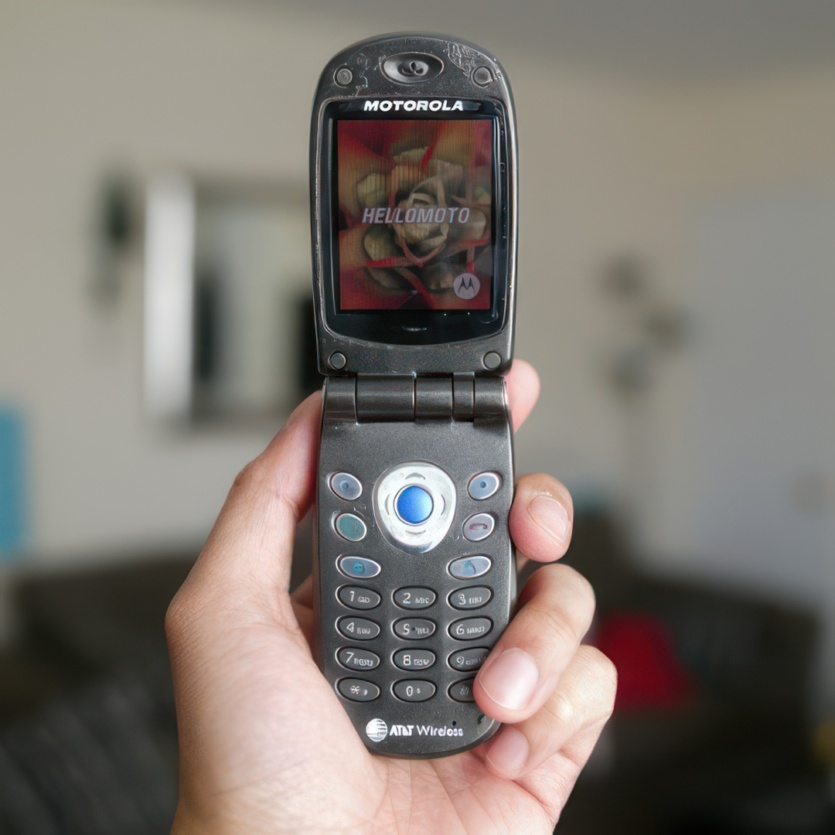

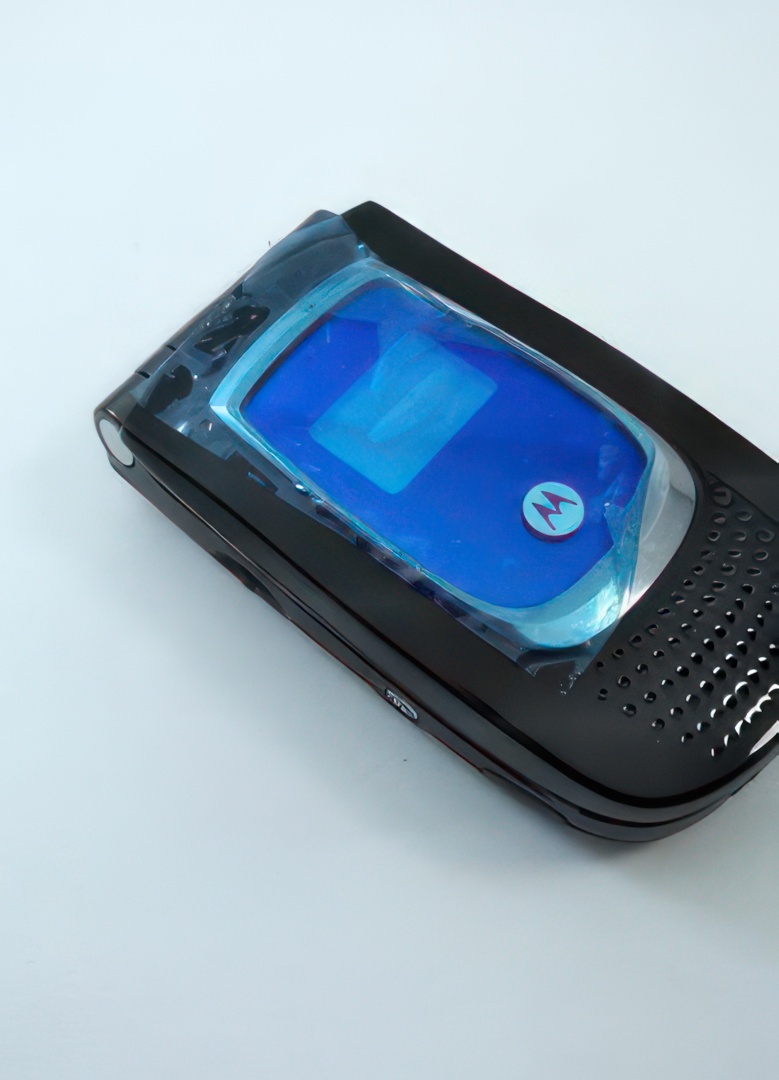
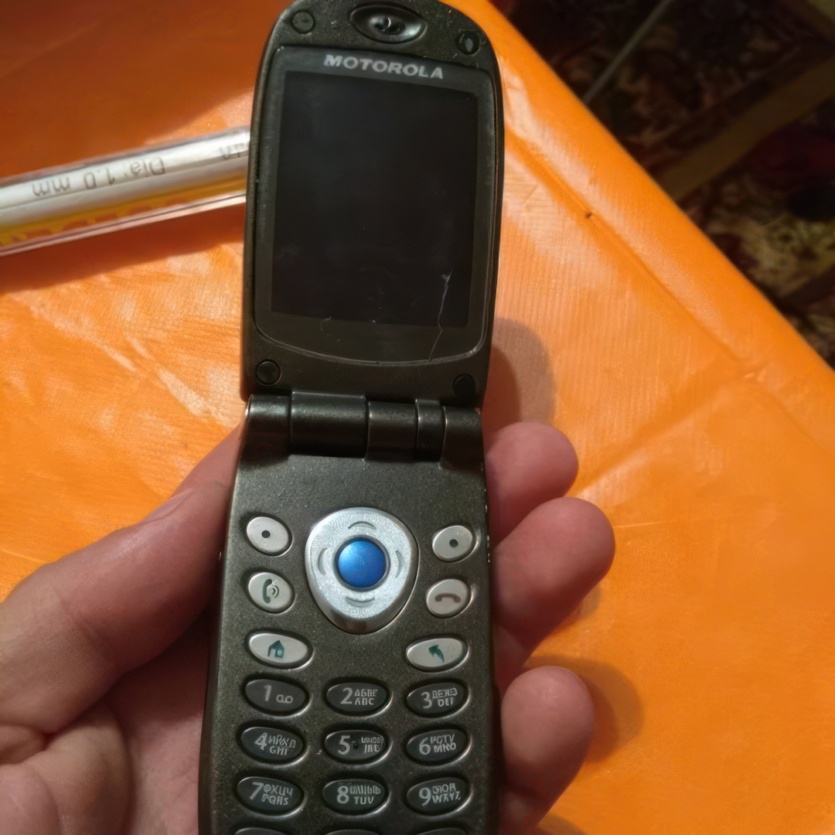
Even before the legendary Motorola Razr V3 appeared, the American company released several breakthrough clamshells that were notable not for their design but for their incredible functionality. The Motorola MPx200 was an exemplary smartphone of those times and belonged to the «full mincemeat» category, except for the camera — it simply did not exist.
Inside was a powerful 133 MHz processor, 8 MB of internal memory, and support for SD cards up to 1 GB! This miracle of technology worked because of Microsoft Smartphone 2002. The big advantage of Motorola MPx200 was its support for a wide variety of media formats: MP3/AAC/AAC+/WMA/OGG/AMR/WMV and MP4.
Although the phone was positioned as a business solution, it was also in demand among ordinary users who wanted the most functional music and video combo. The 2.2-inch display with a resolution of 176×220 pixels was equally impressive, and the bonus was an external screen for displaying notifications.
The Motorola MPx200 laid a solid foundation for the development of the Windows Smartphone OS, although this segment never gained incredible popularity. The reason for this is the simpler and more understandable Symbian OS Series 60 for beginners.
Palm Treo 600
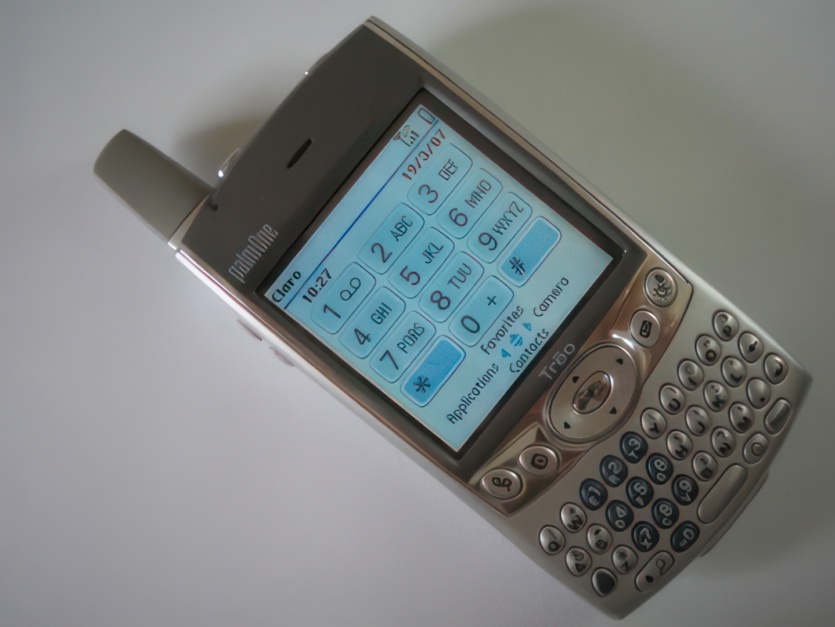
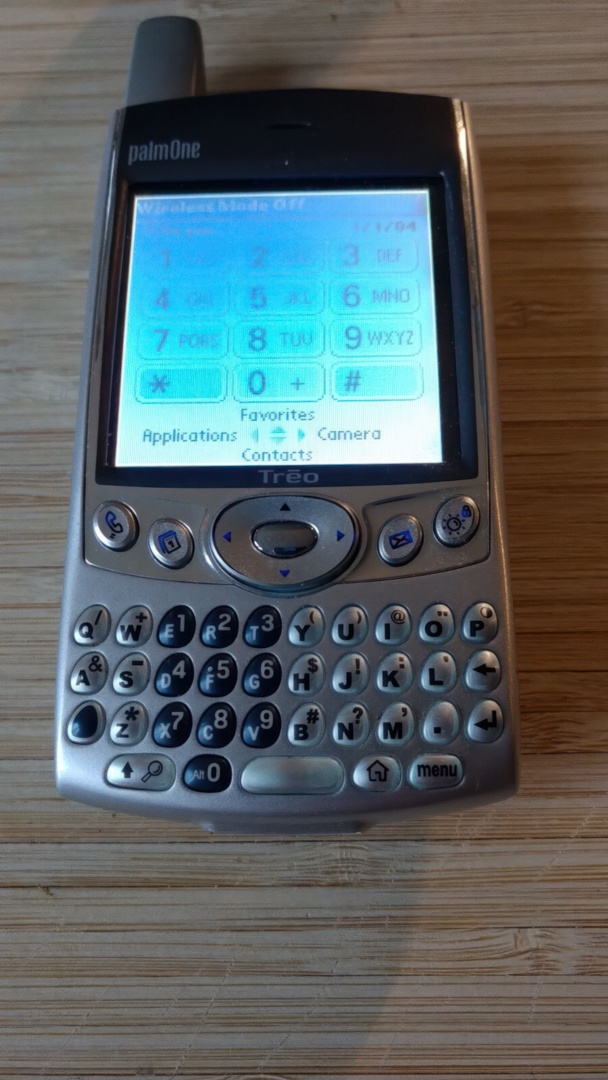
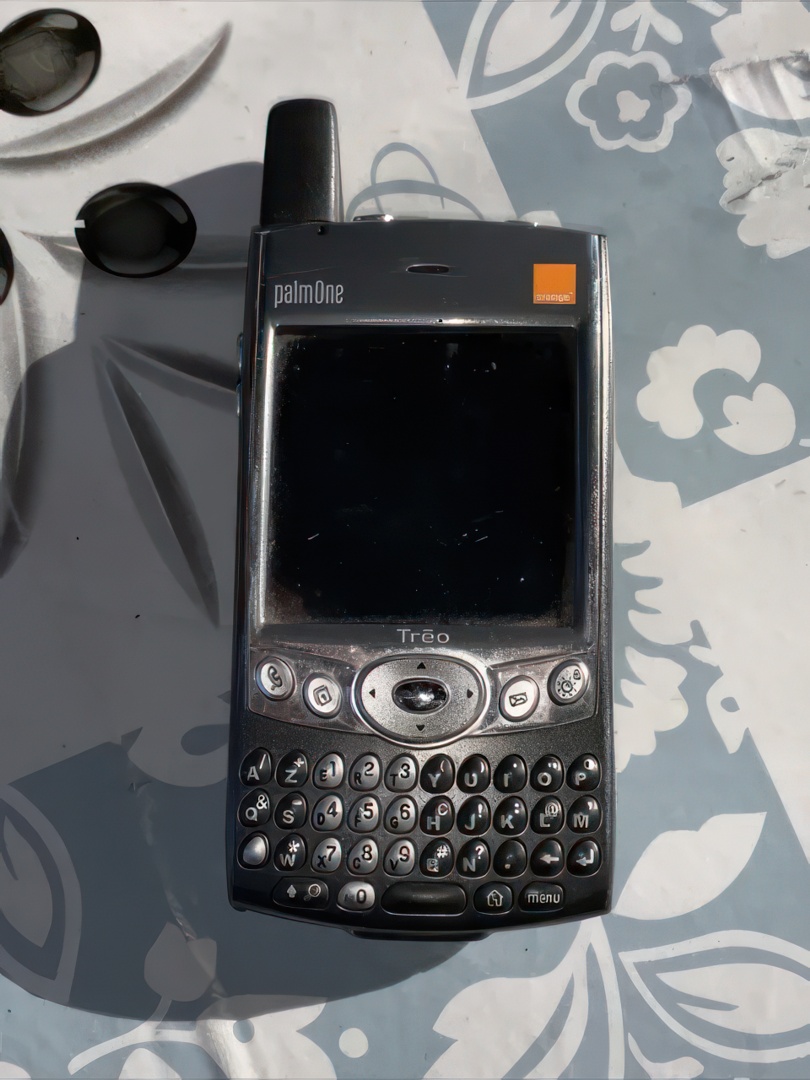
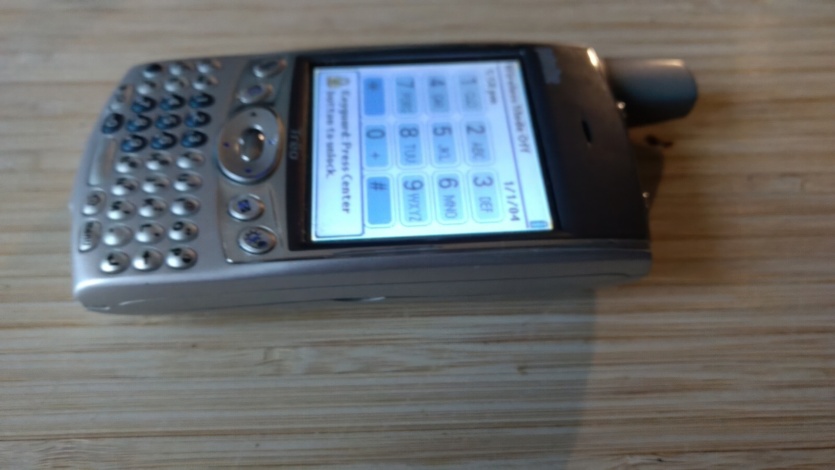
In addition to Symbian and Windows, there was another major player on the market in 2003 — Palm OS, which was the basis for the Palm Treo 600. This flagship impressed with its characteristics and had a huge amount of useful software. At the heart of the device was a top-end TI OMAP 1510 processor with a frequency of 144 MHz. There was a lot of built-in memory — 24 MB available and support for memory cards up to 2 GB!
Thanks to the Palm 5.2.1H operating system, the owner of this monster could download third-party programs and play with the open file system as he pleased — Palm Treo 600 could literally replace a laptop during business trips. A large 2.5-inch display combined with a QWERTY keyboard made it possible to work with e-mail, documents, and web pages.
In addition to its many advantages, the Palm Treo 600 had several disadvantages. For example, the model critically lacked Bluetooth, which would have been appreciated by drivers with wireless headsets. Also, the camera could only take photos, not videos. In general, the Palm OS system, although it offered great opportunities, did not attract the masses «technically unadvanced people» as much as Symbian OS did.
Sony Ericsson P800/P900
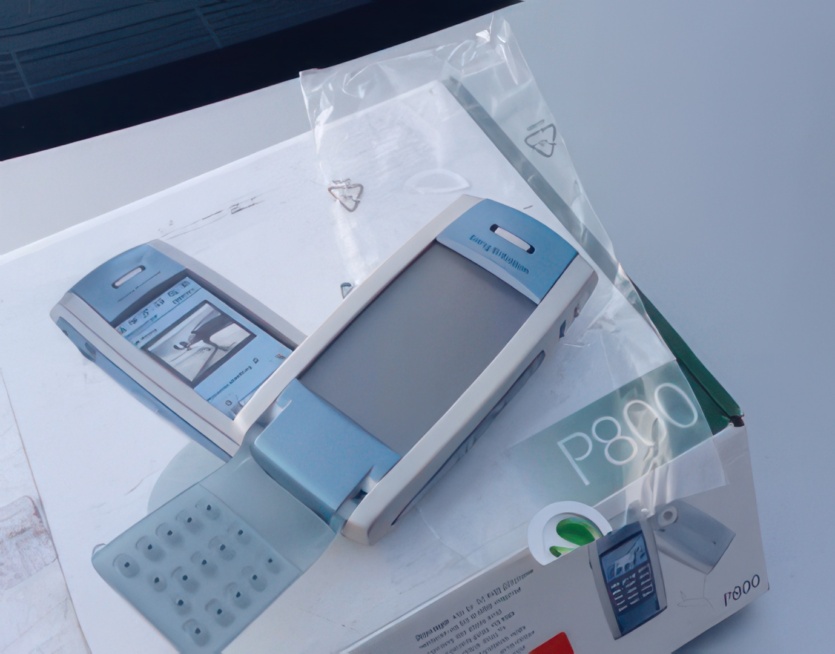
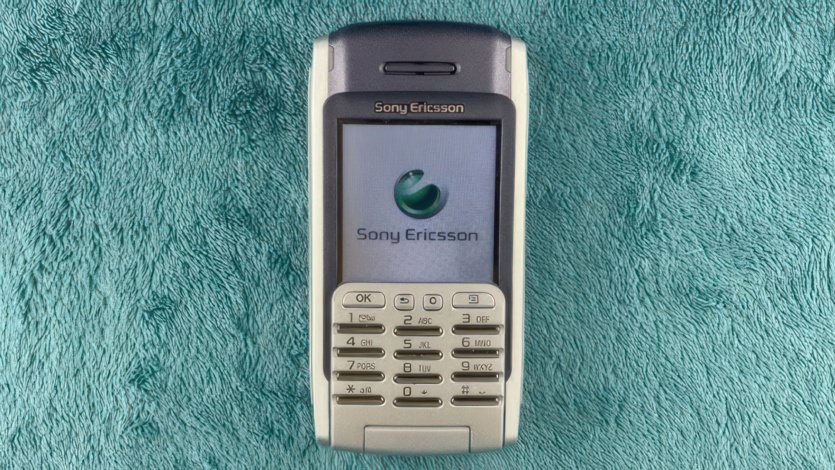
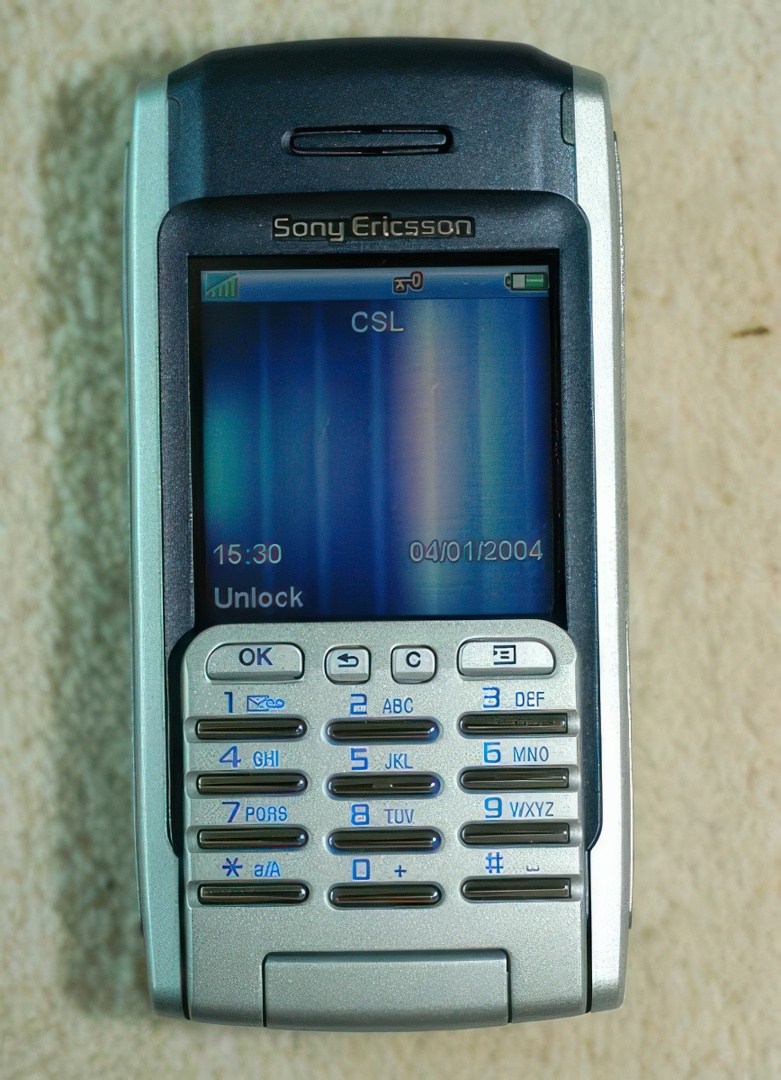
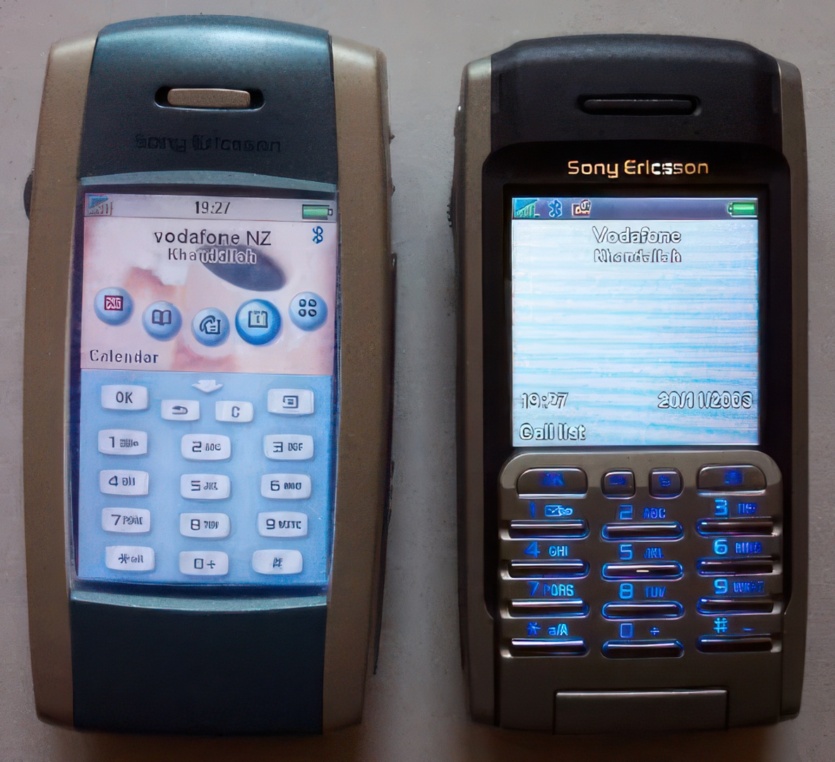
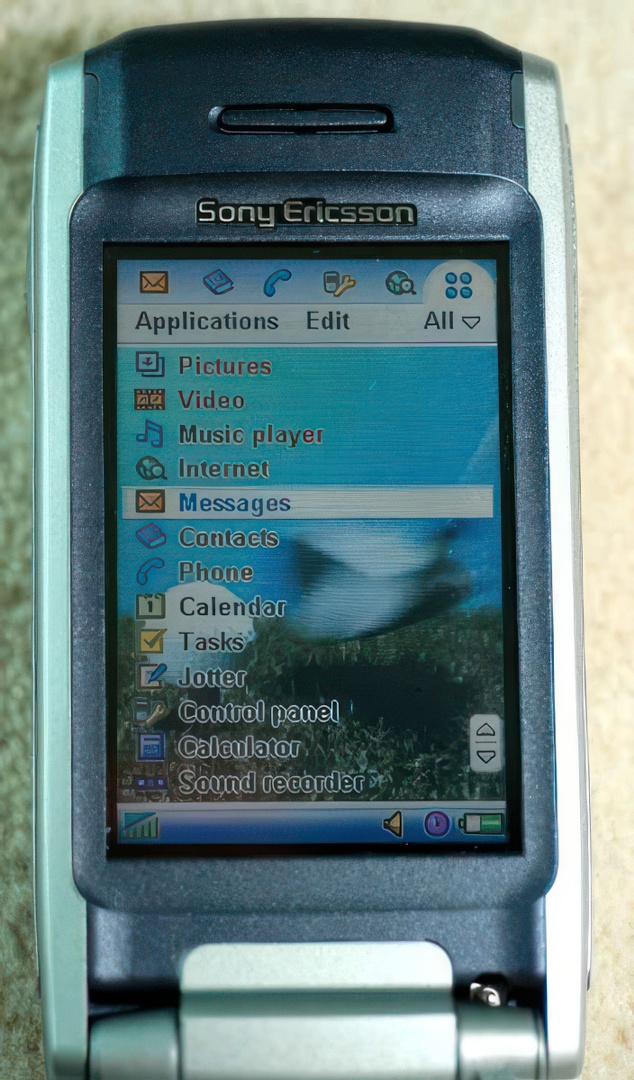
Sony Ericsson fought for a solvent audience of businessmen and technically advanced users by actively developing its P-series touchscreen smartphones. The Sony Ericsson P800 boasted excellent features and was a worthy competitor to Palm OS and Windows Pocket PC-based communicators, and soon received a logical continuation.
The updated P900 was presented with a more elegant design and revised software in the form of Symbian 7.0 UIQ 2.1. In addition to the touchscreen, the phone could be operated in the classic mode with the keys and side wheel. Thanks to a well-thought-out interface and an open file system with a huge number of programs, this line became a worthy alternative to the Finnish monopolists.
The Sony Ericsson P900, like its predecessor P800, has a 2.9-inch display with a resolution of 208×320 pixels, can recognize handwriting, and offered top multimedia capabilities. The device handled MP4 files without any problems, allowed you to work with e-mail, had a full HTML browser and a built-in VGA camera.
Symbian UIQ was developed in parallel with the Series 60, but not for long. Before the release of the Apple iPhone, Sony Ericsson stopped supporting this version of the system, which was probably a big mistake. Perhaps it was the new Sony Ericsson P-series with capacitive screens that could have become worthy competitors to the Apple iPhone.
Everything would have been different if the Japanese-Swedish corporation had taken its touchscreen interface more seriously, which was quite successful and convenient for its time — the Sony Ericsson P900 is a clear confirmation of this. The strong demand for these phones in 2002 and 2003 forced the engineers to make a sequel in the form of the P910 and P990, which we will definitely mention in the next issues.
Nokia N-Gage

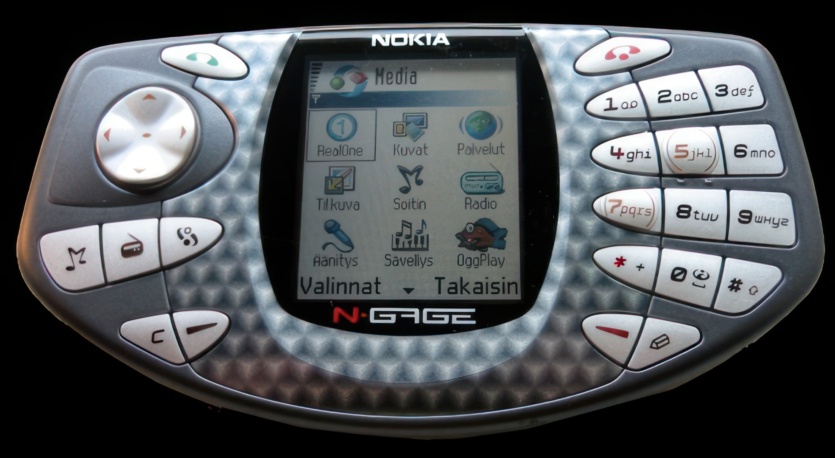
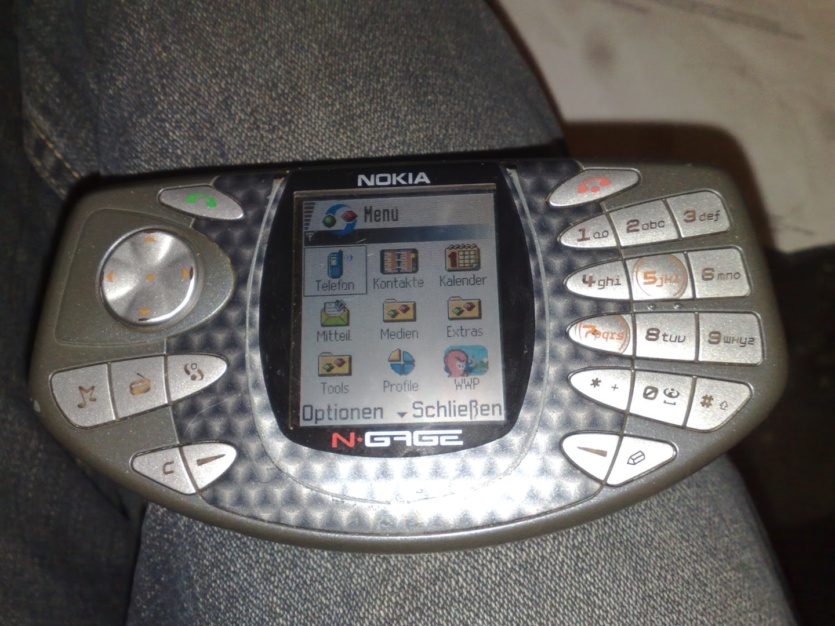
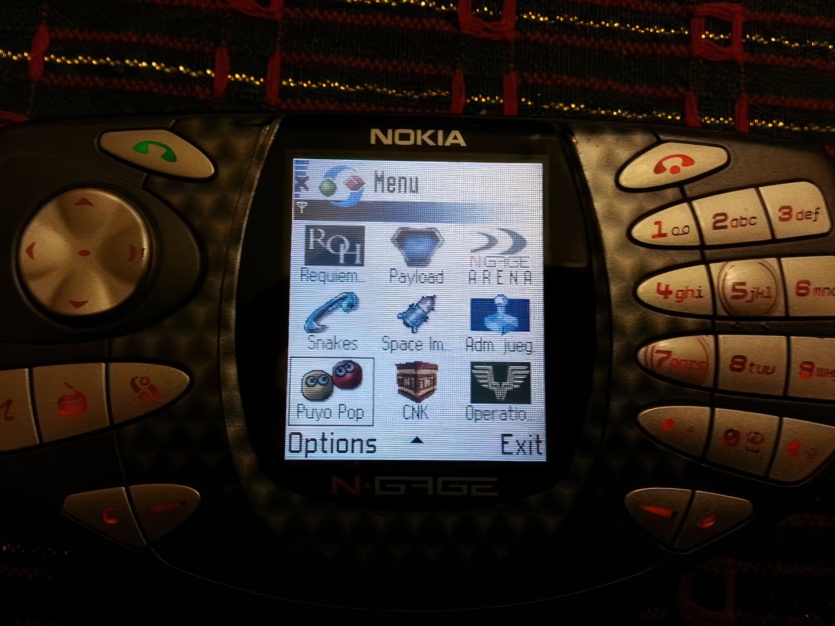
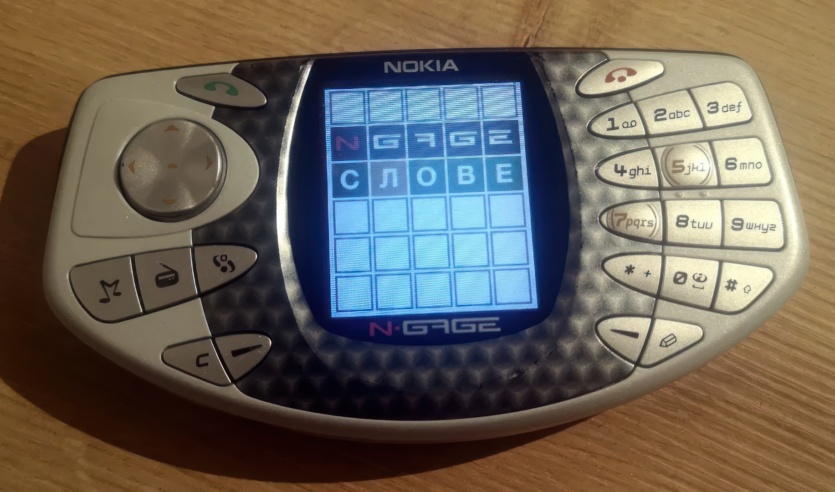
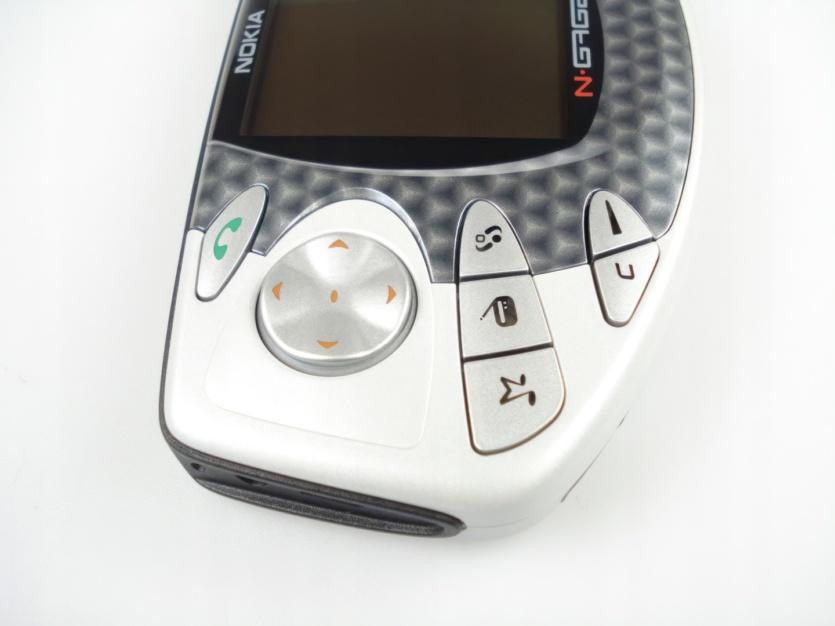
A real revolution in the world of mobile video games was made by a unique phone, the first of its kind — Nokia N-Gage. This compromise device has remained forever in the hearts of its lucky owners. It was built based on the Nokia 6600, as it used the same operating system and basic hardware. Despite the absence of a camera, the rest of the features were unaffected.
Of course, the Nokia N-Gage was loved for its revolutionary gaming capabilities because the games for this phone were literally ahead of their time. After the release of «Gaga», the world of mobile gaming stagnated, and for a long time, no one could surpass the Nokia N-Gage in this regard.
We are not talking about some simple Java games of 50-300 KB, but about unique AAA projects from major developers. The graphics, sound, and gameplay of Nokia N-Gage games were at a fundamentally higher level. When the owner of a Sony Ericsson K750i (which will be released in 2005) says that he played the best mobile games of the time, it’s just the complacency of a person who missed the best gaming device.
Symbian N-Gage games had much better graphics, optimization, and allowed you to use the phone’s resources to the fullest. Due to their huge size (some took up more than 32 MB), they were distributed on MMC memory cards, just like Nintendo Switch games are sold now. To change the game, you had to take out the battery and rearrange the memory card.
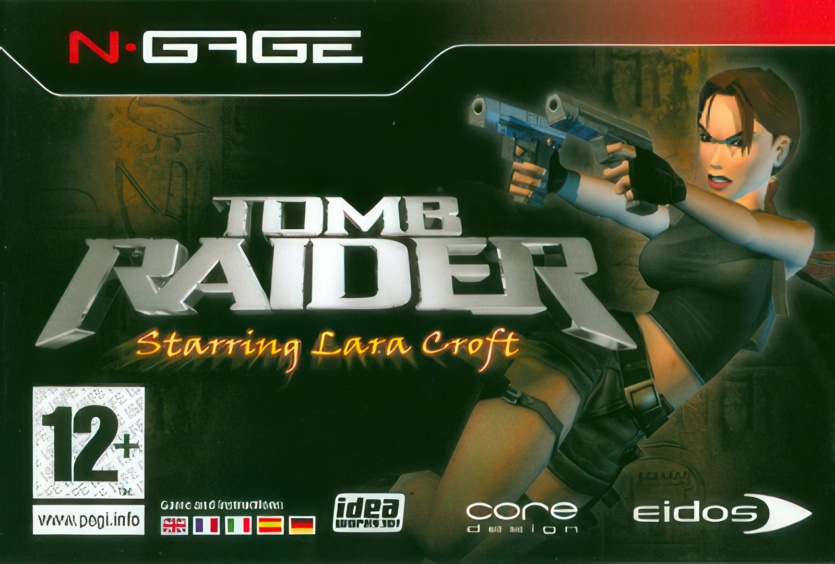
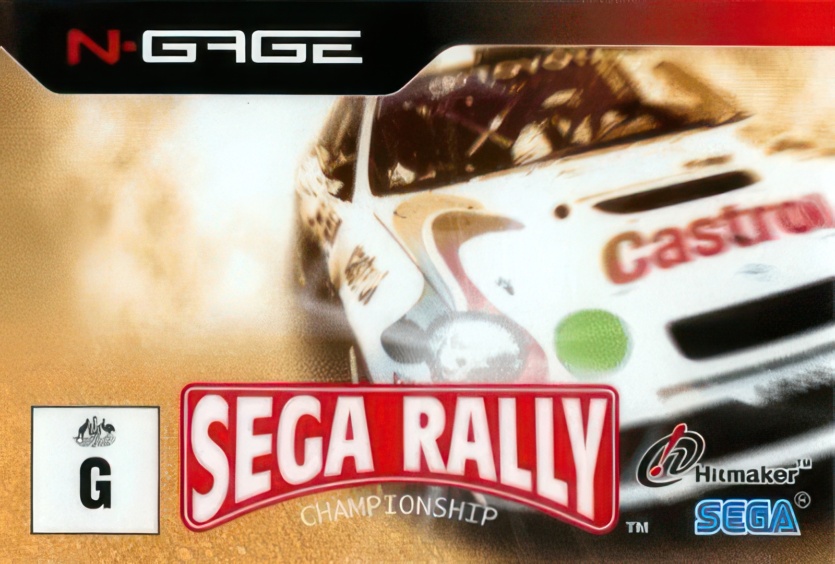
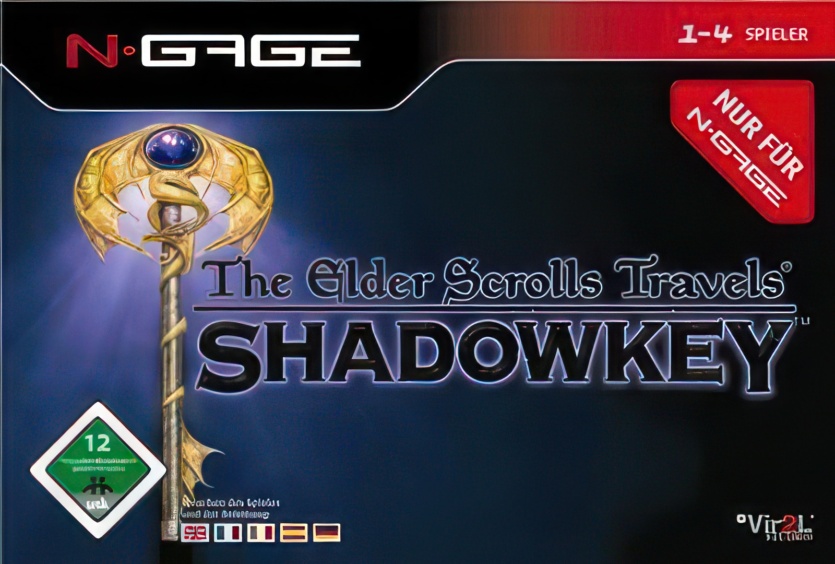

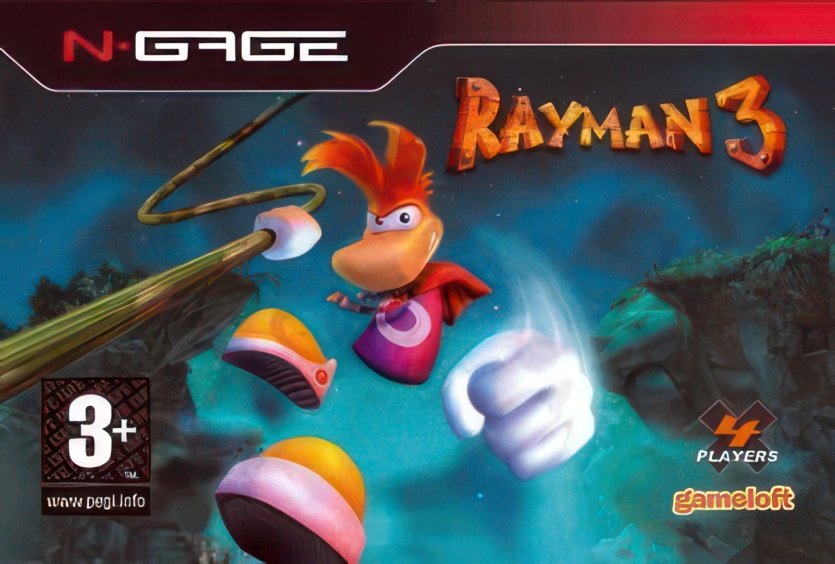
In addition, the Nokia N-Gage had its launcher with support for online gaming, chat, a list of friends, and a catalog of games. You could say it was the mobile Steam of its time. It is ironic that after Nokia N-Gage, there were no better, more detailed and thoughtful mobile games (or gaming phones) until the advent of Apple iOS and Google Android.
It was incredibly easy to pirate games, sales did not justify themselves, and the market was simply not ready to accept such a revolution. The Nokia N-Gage was a breakthrough, incredible phone that came out at the wrong time, and several serious mistakes by marketers buried the idea of developing this area.
A few years later, Nokia decided to release Nokia N-Gage 2.0, which was a launcher program for the Nokia N-Series flagships of 2006-2008. Despite a serious improvement in the technical characteristics of the phones (such as Nokia N96, N95, N86, N82), the games did not improve and did not surprise the owner of a Nokia N-Gage released in 2003. As a result, the N-Gage 2.0 platform failed with an even bigger bang.
The first part (2000-2001) «The world of mobile technology before the Apple iPhone» here:
The world of mobile technology before the Apple iPhone: the best phones of 2000-2001



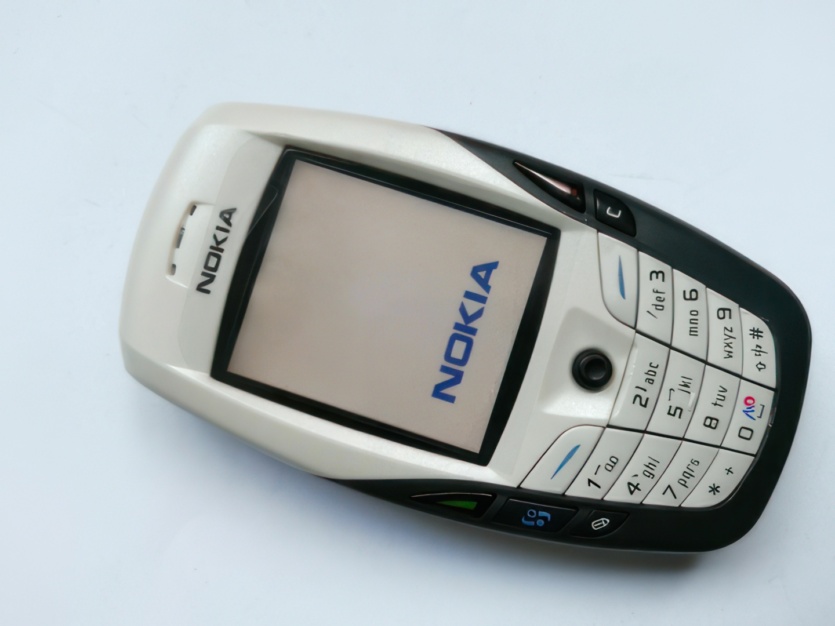
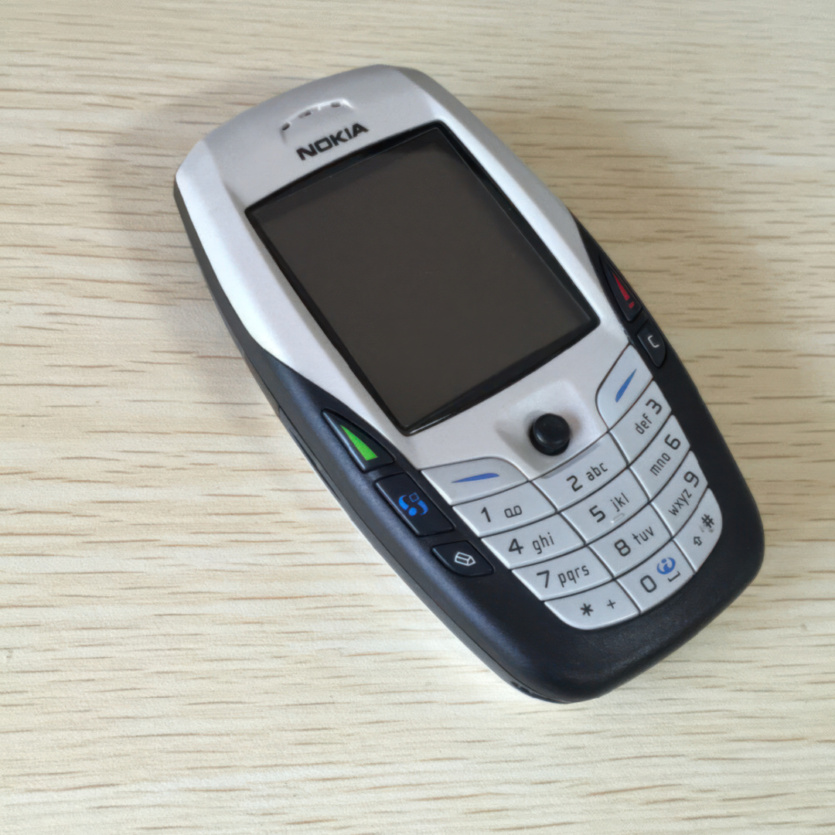
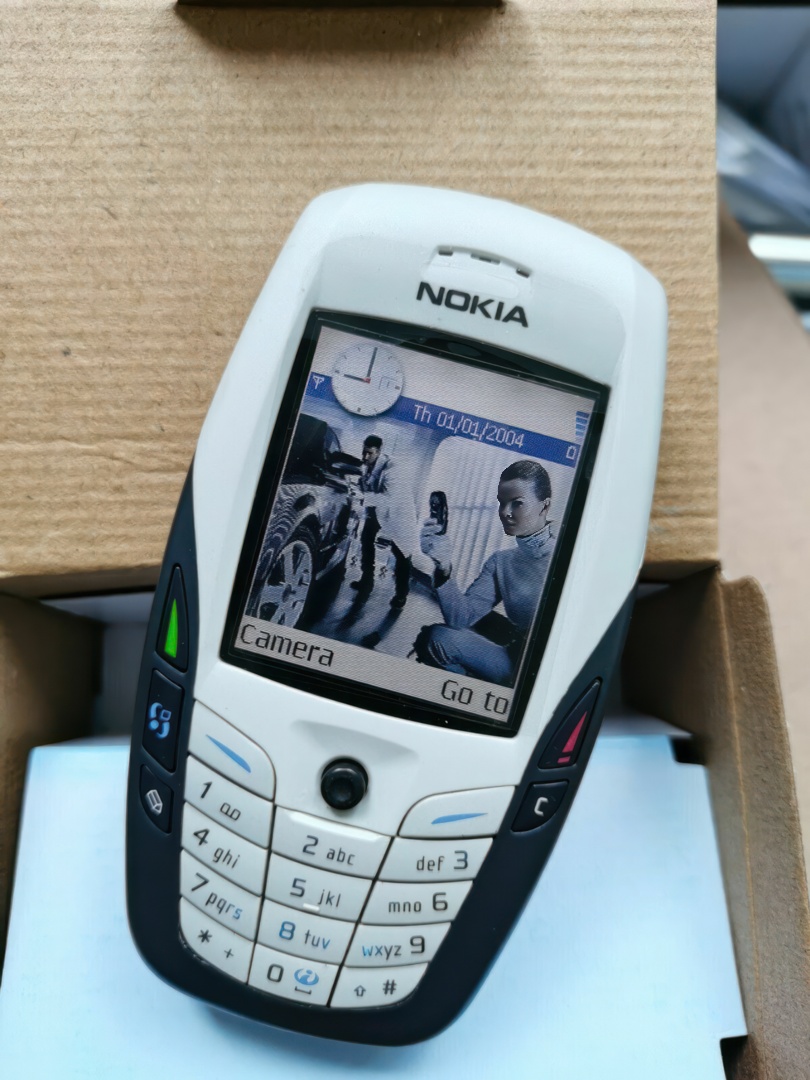
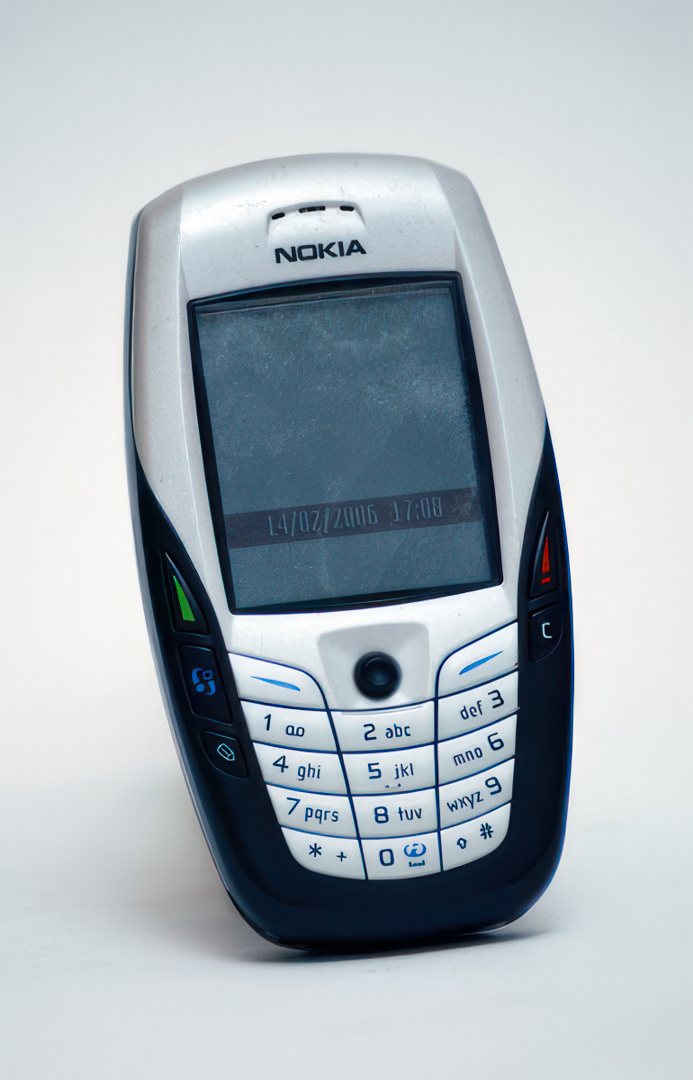
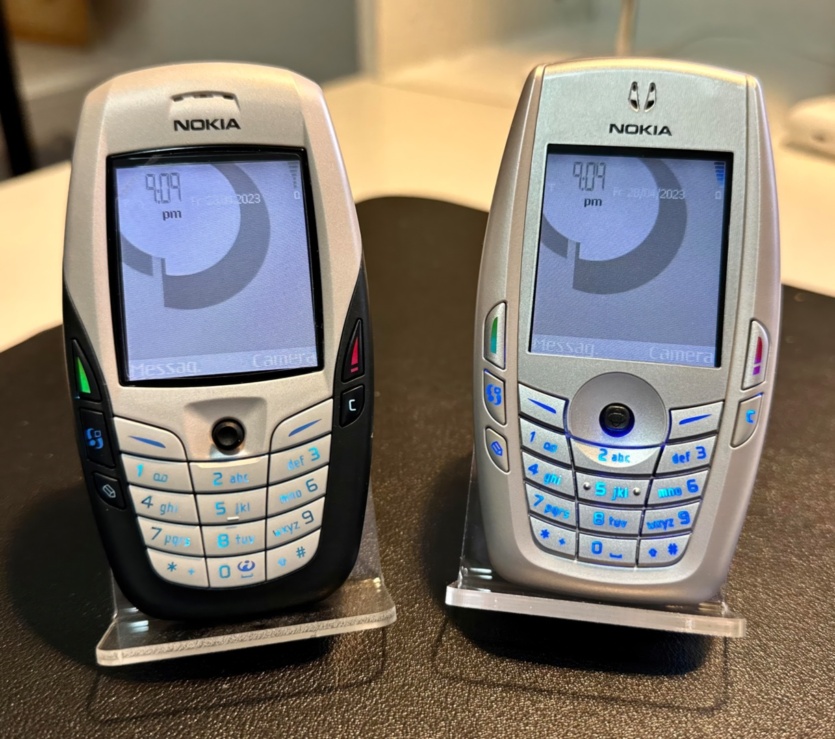
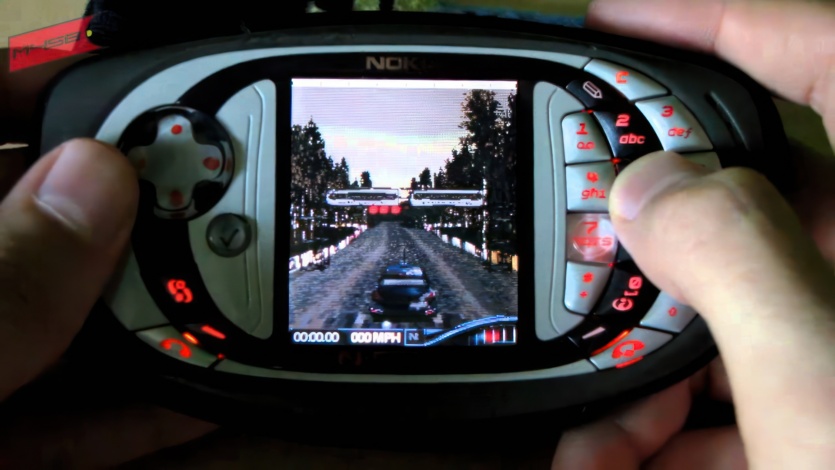
Spelling error report
The following text will be sent to our editors: